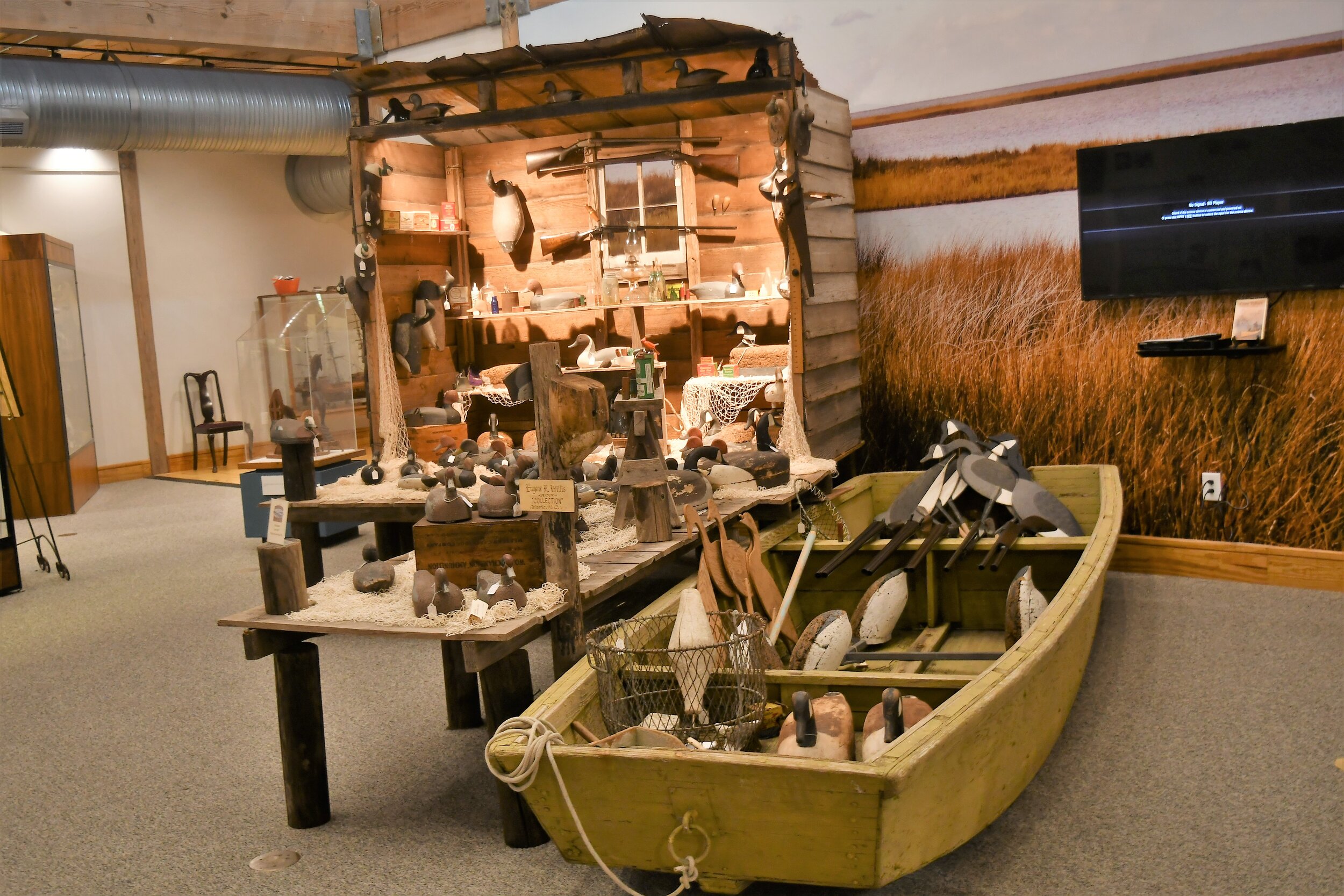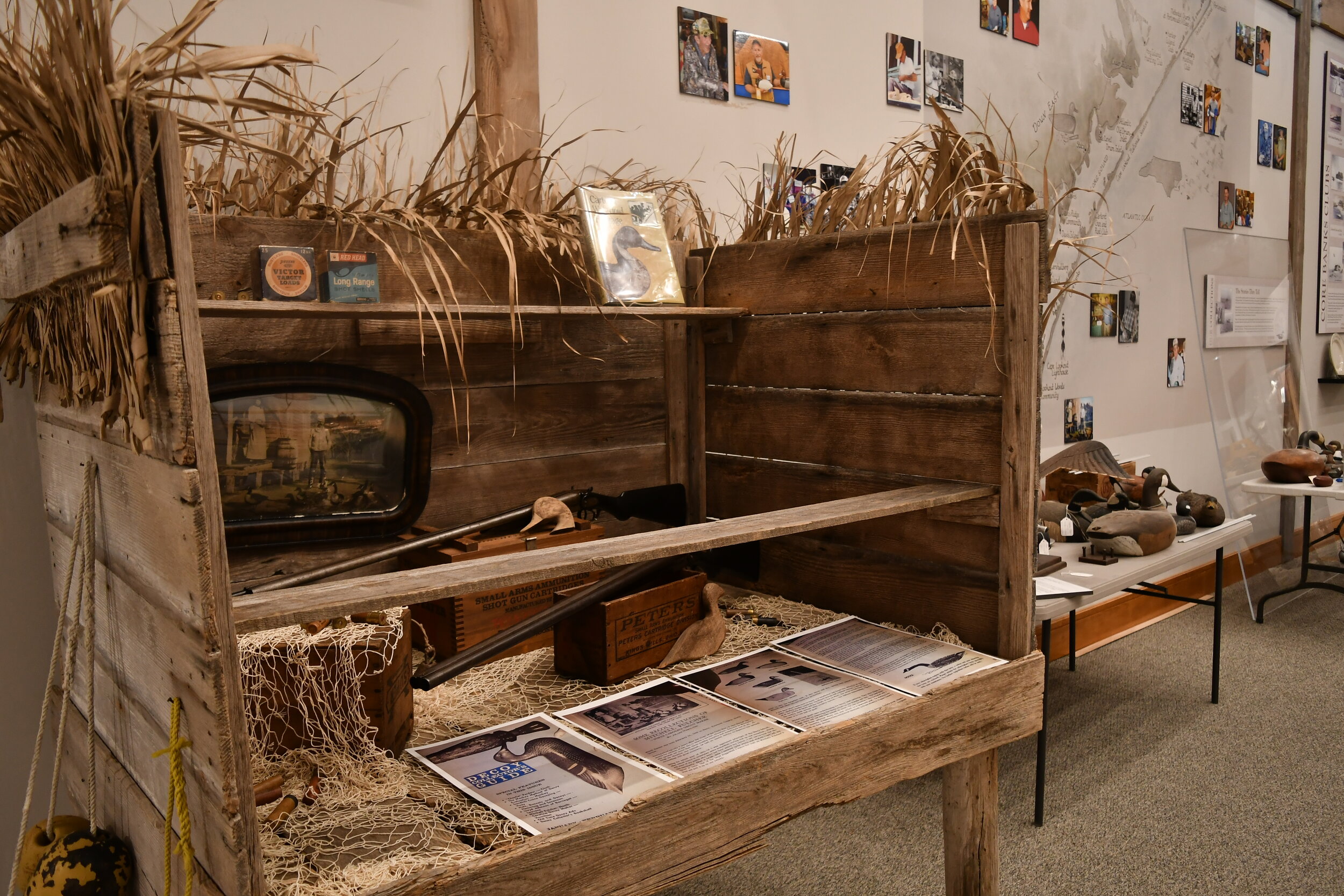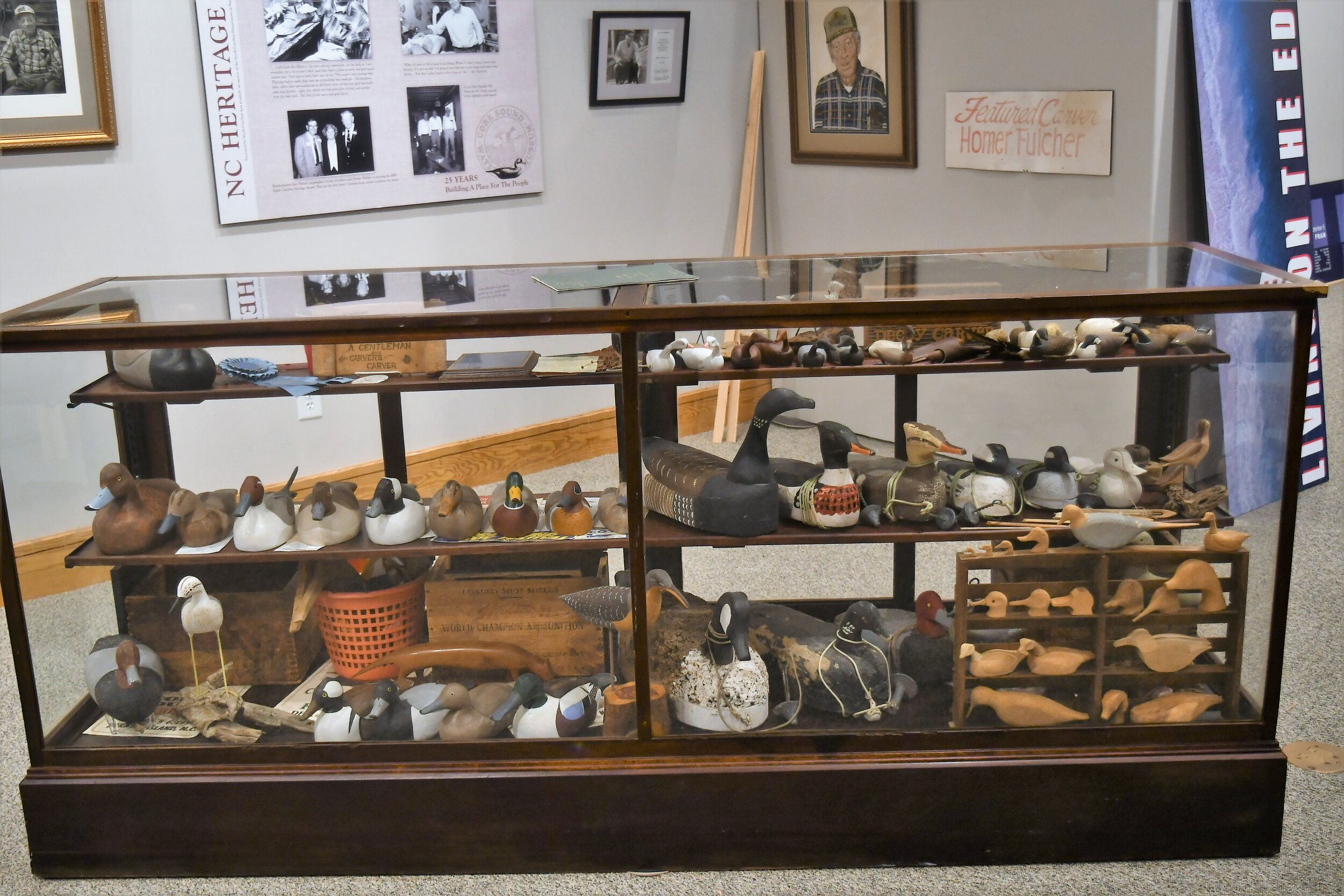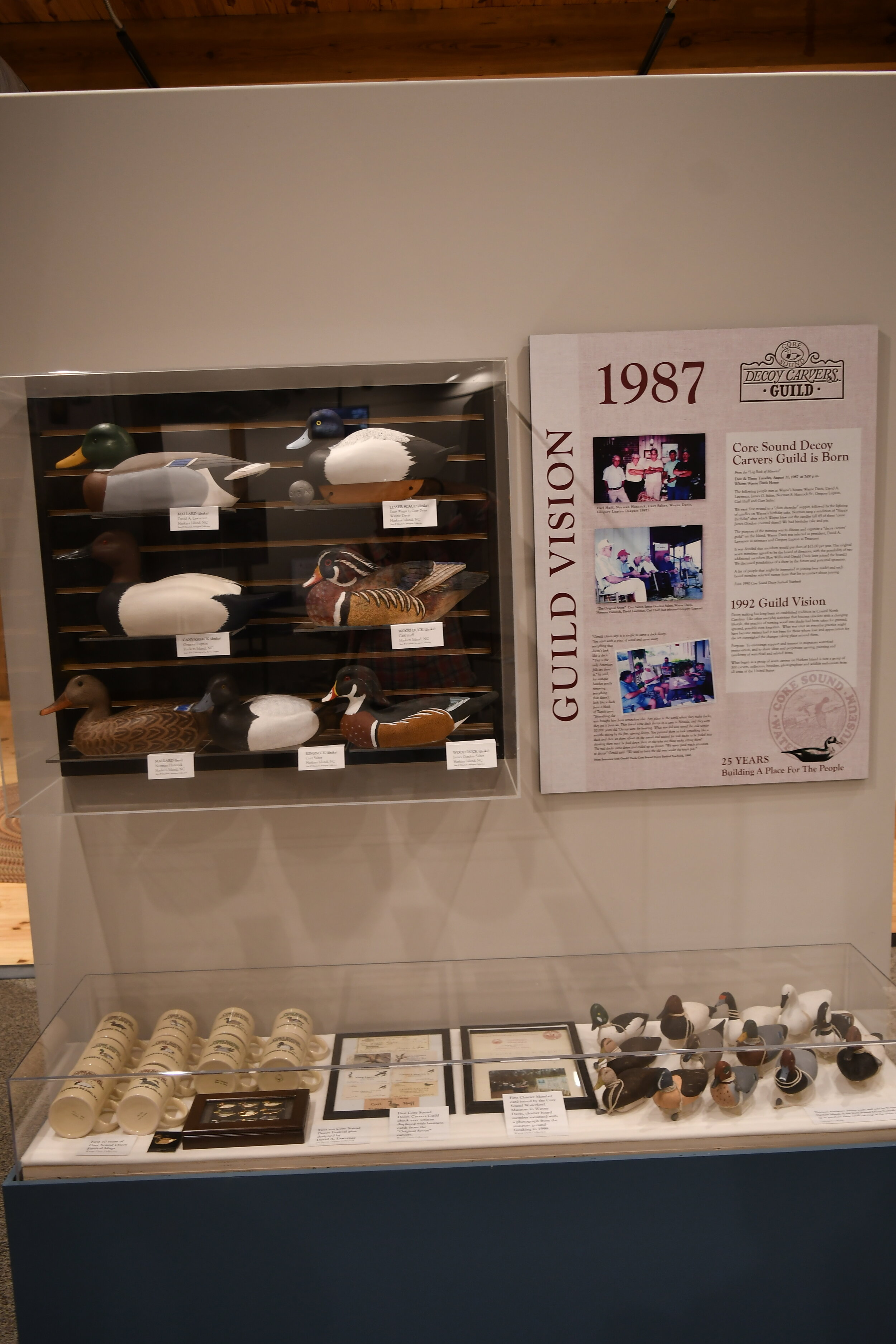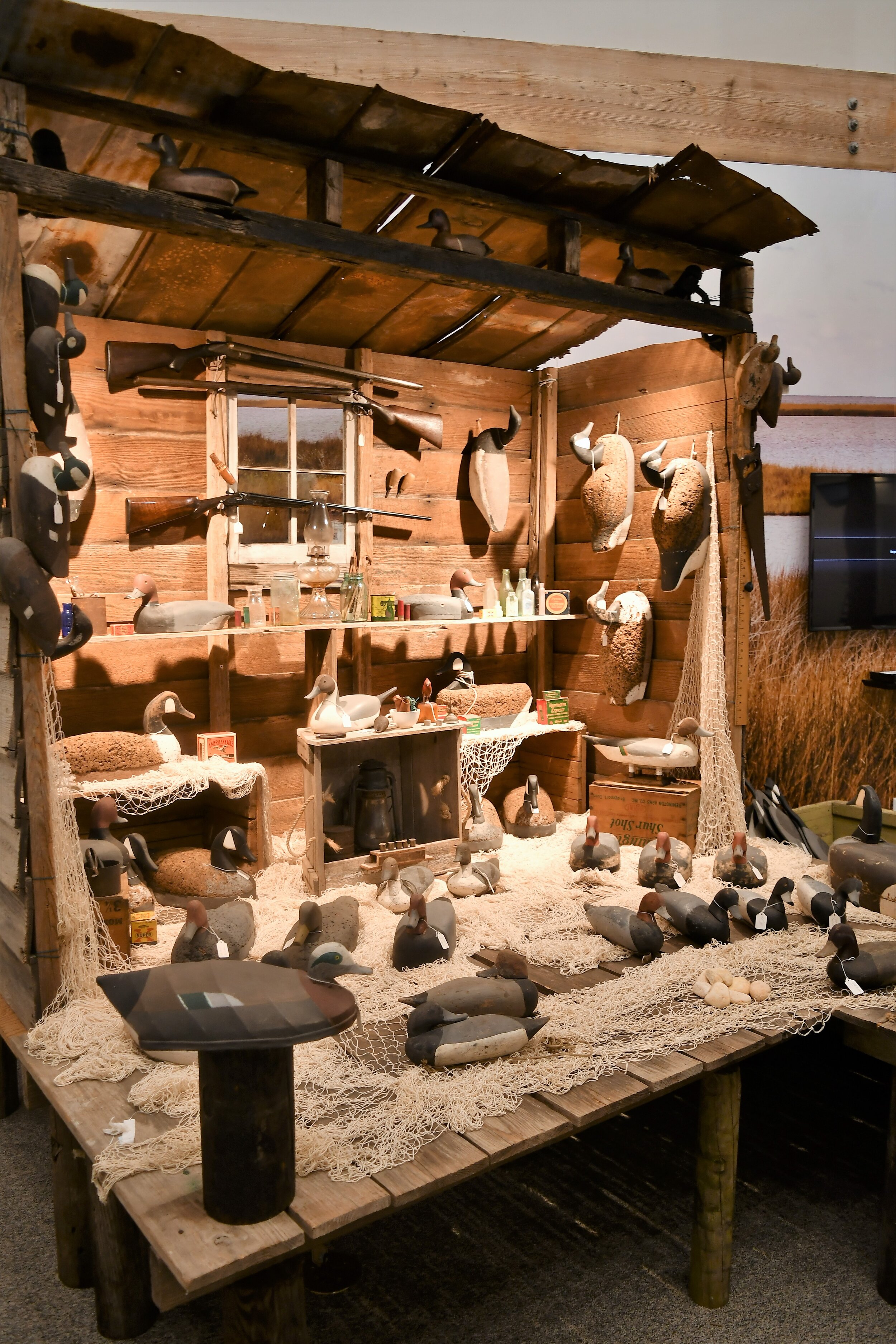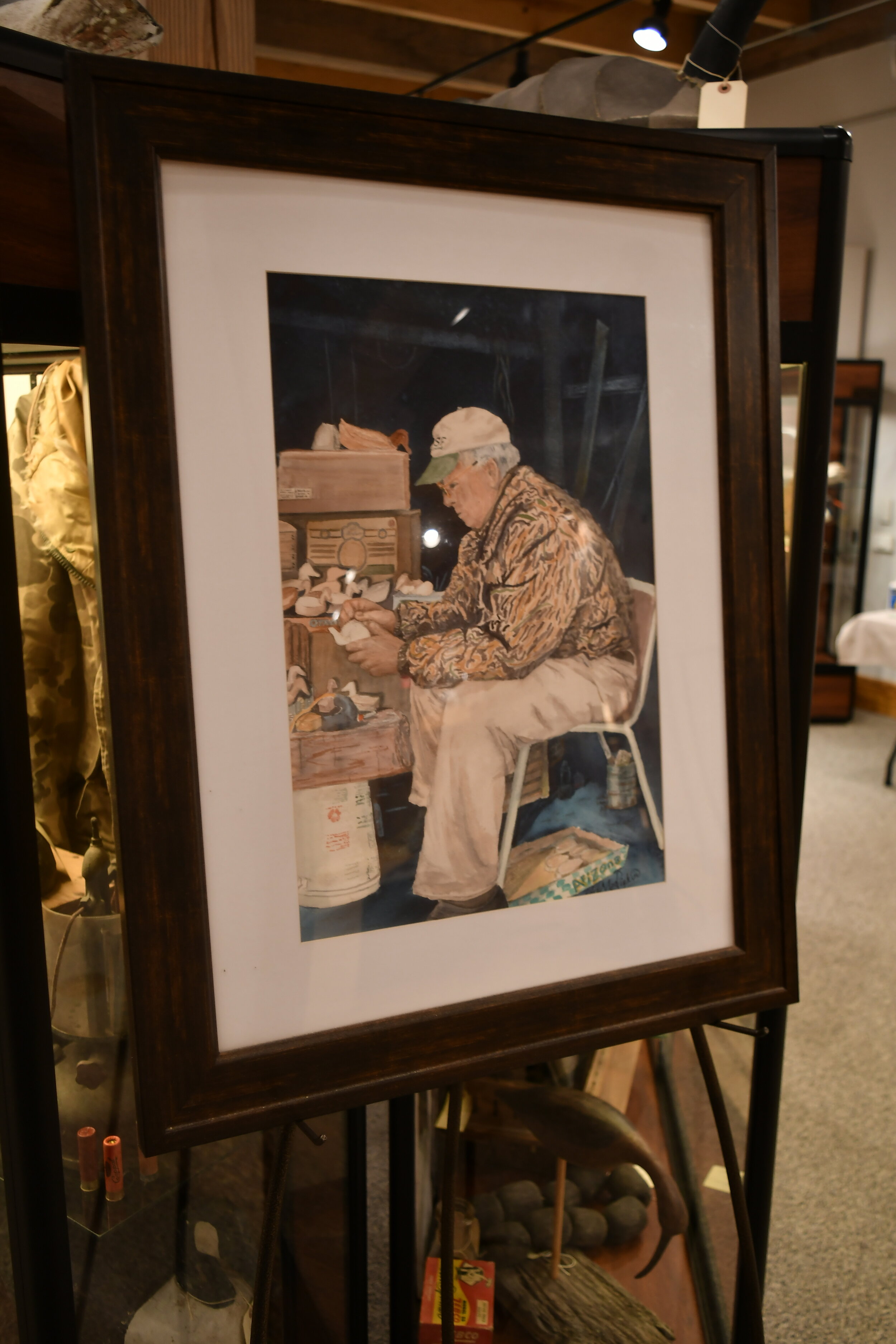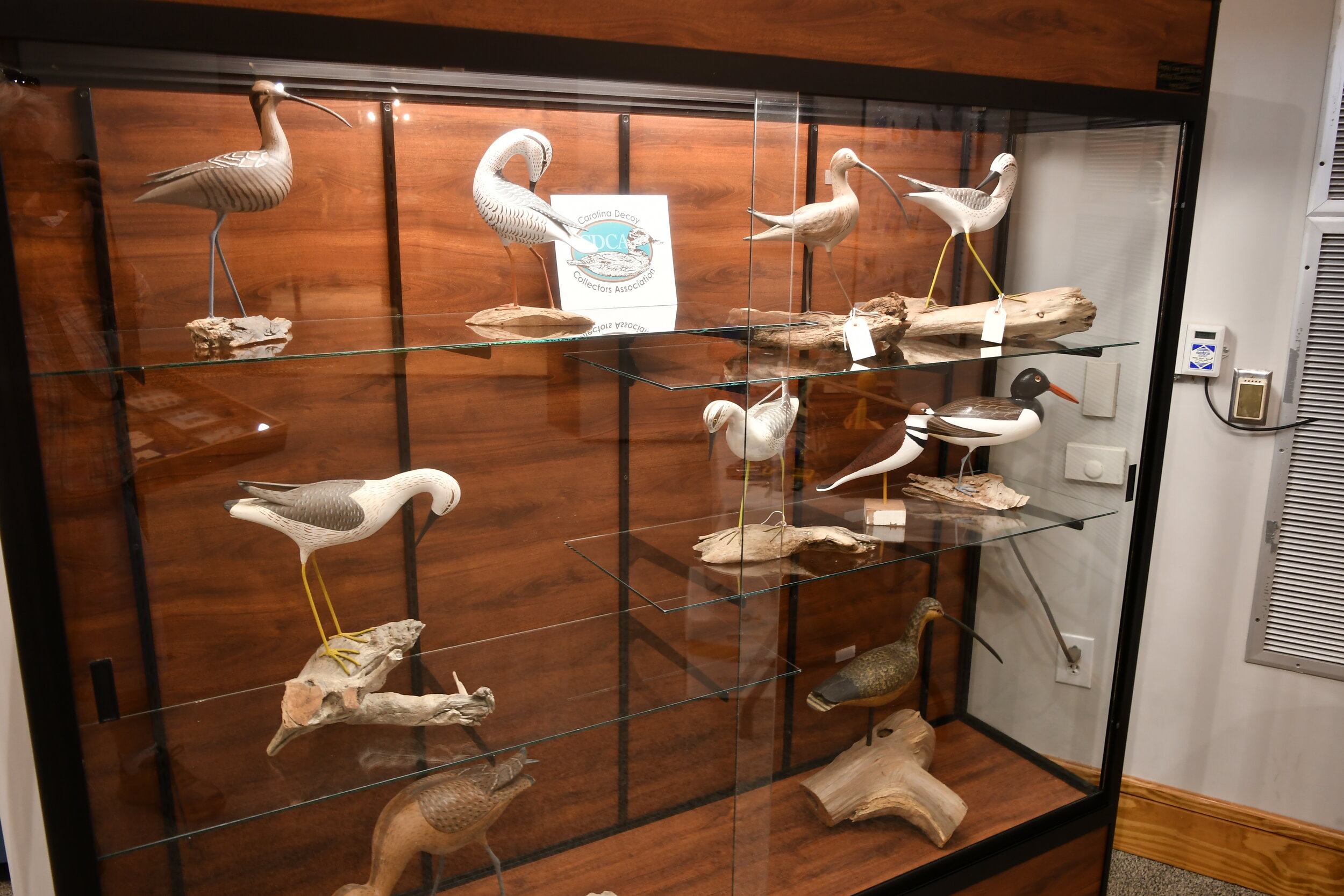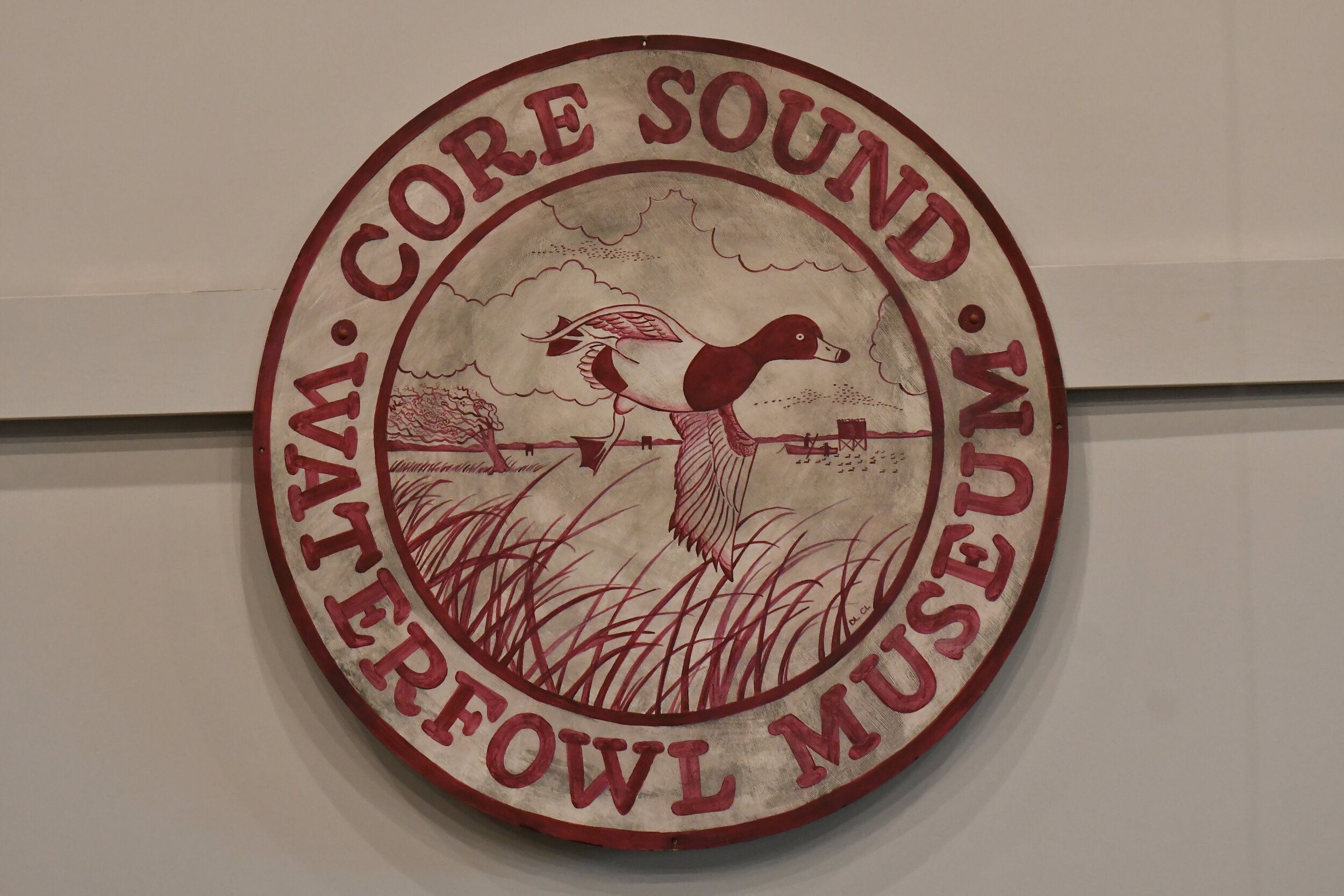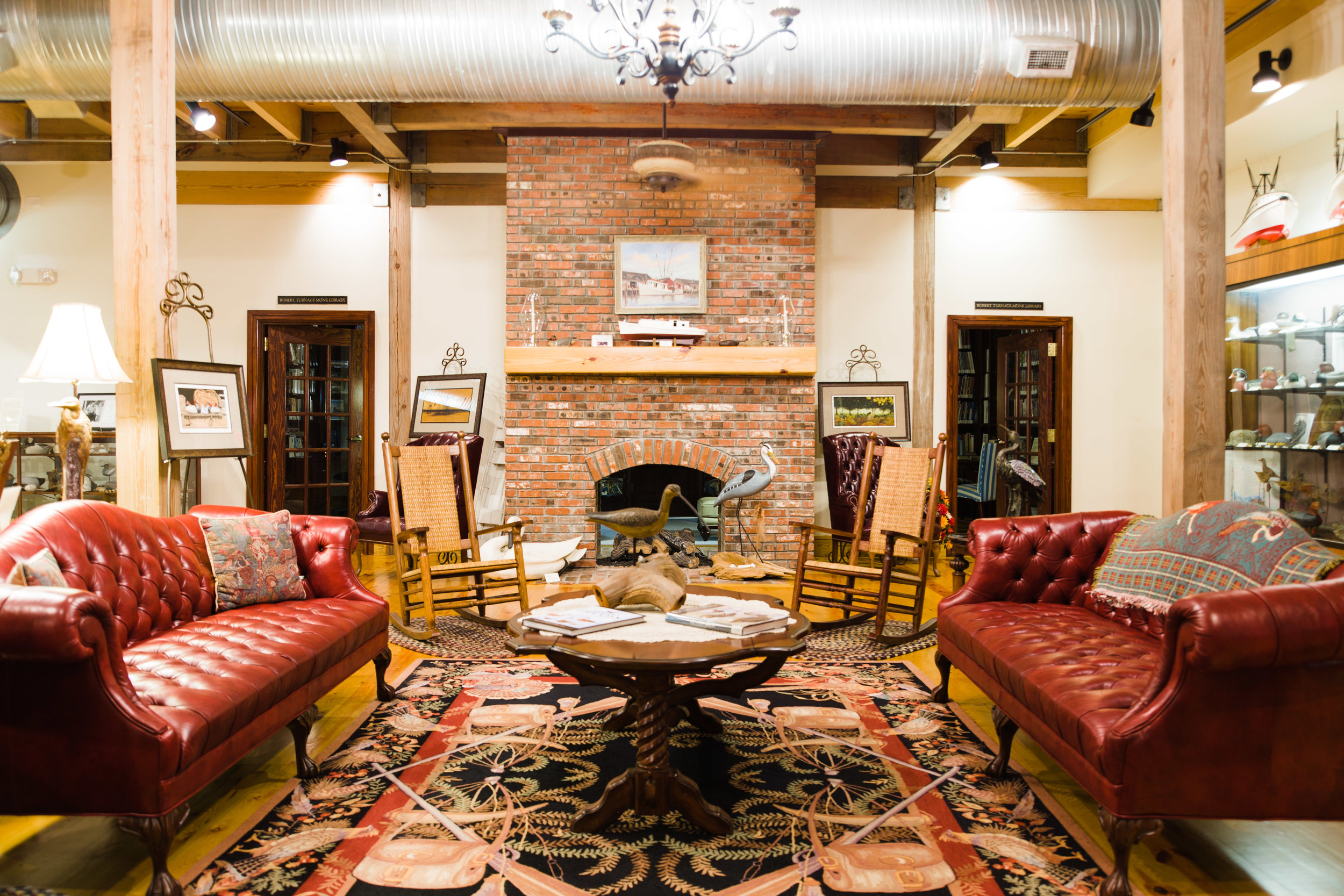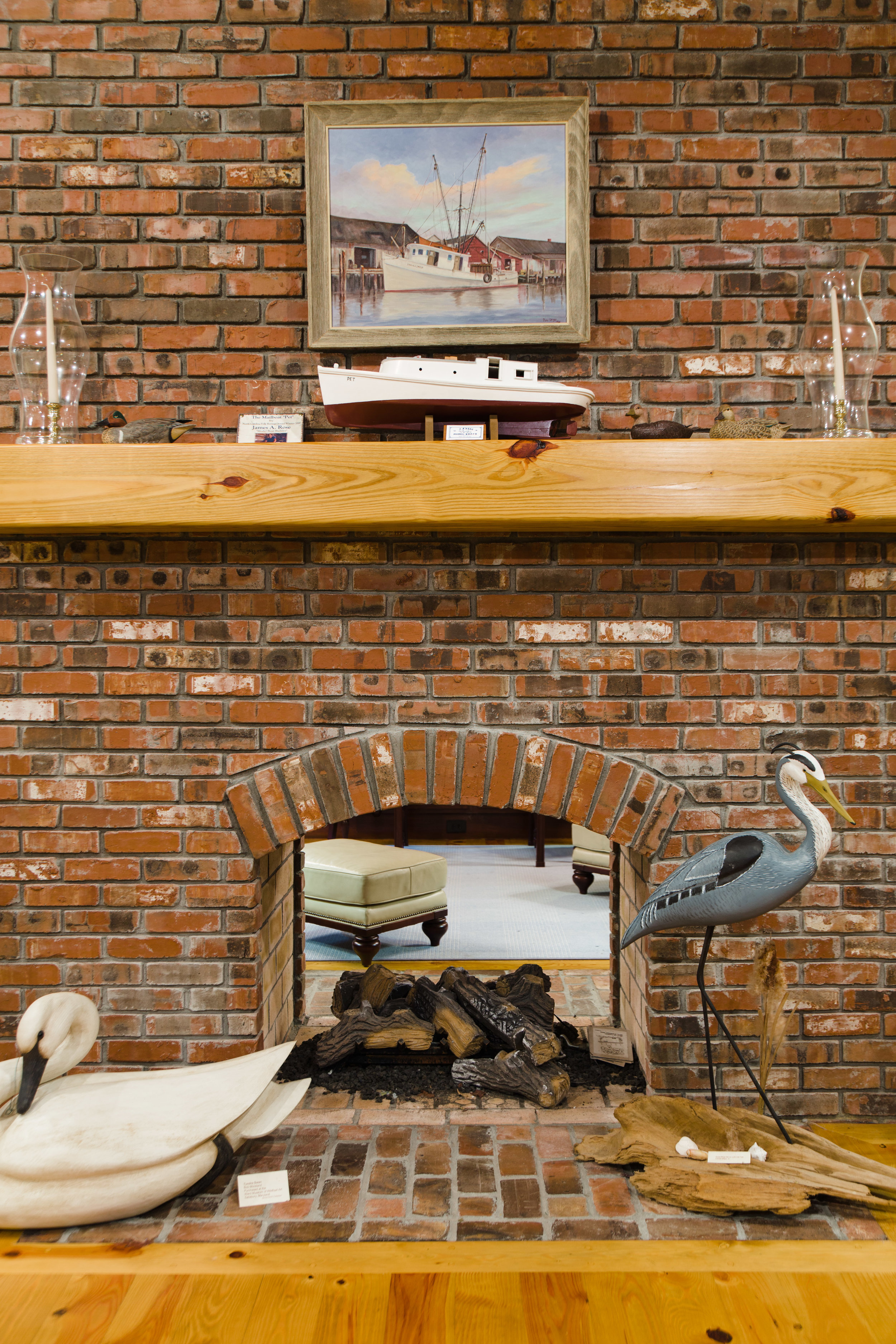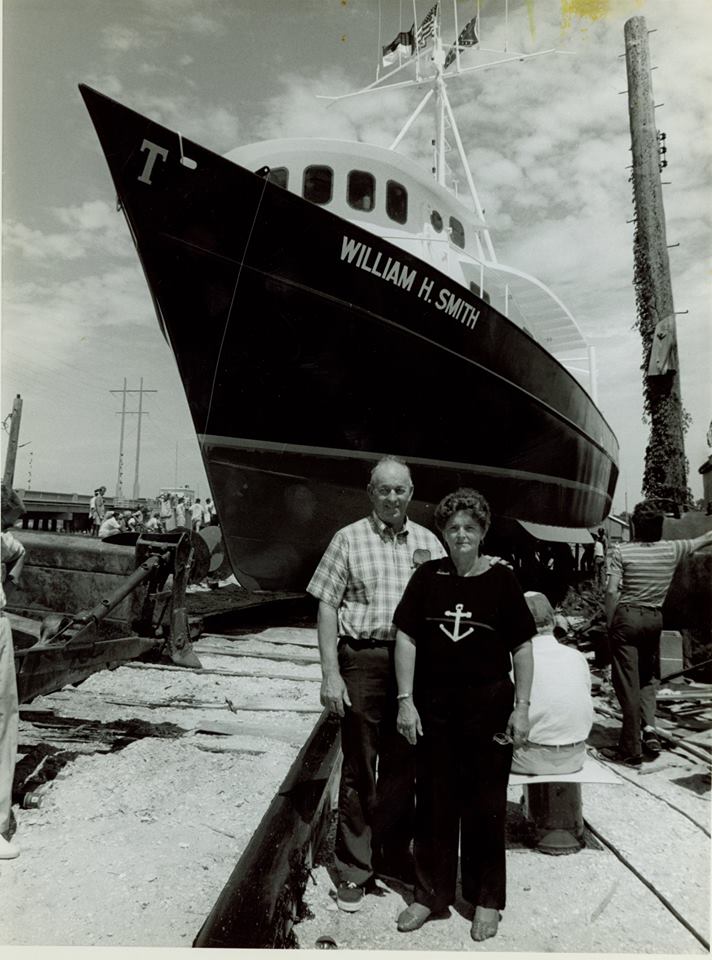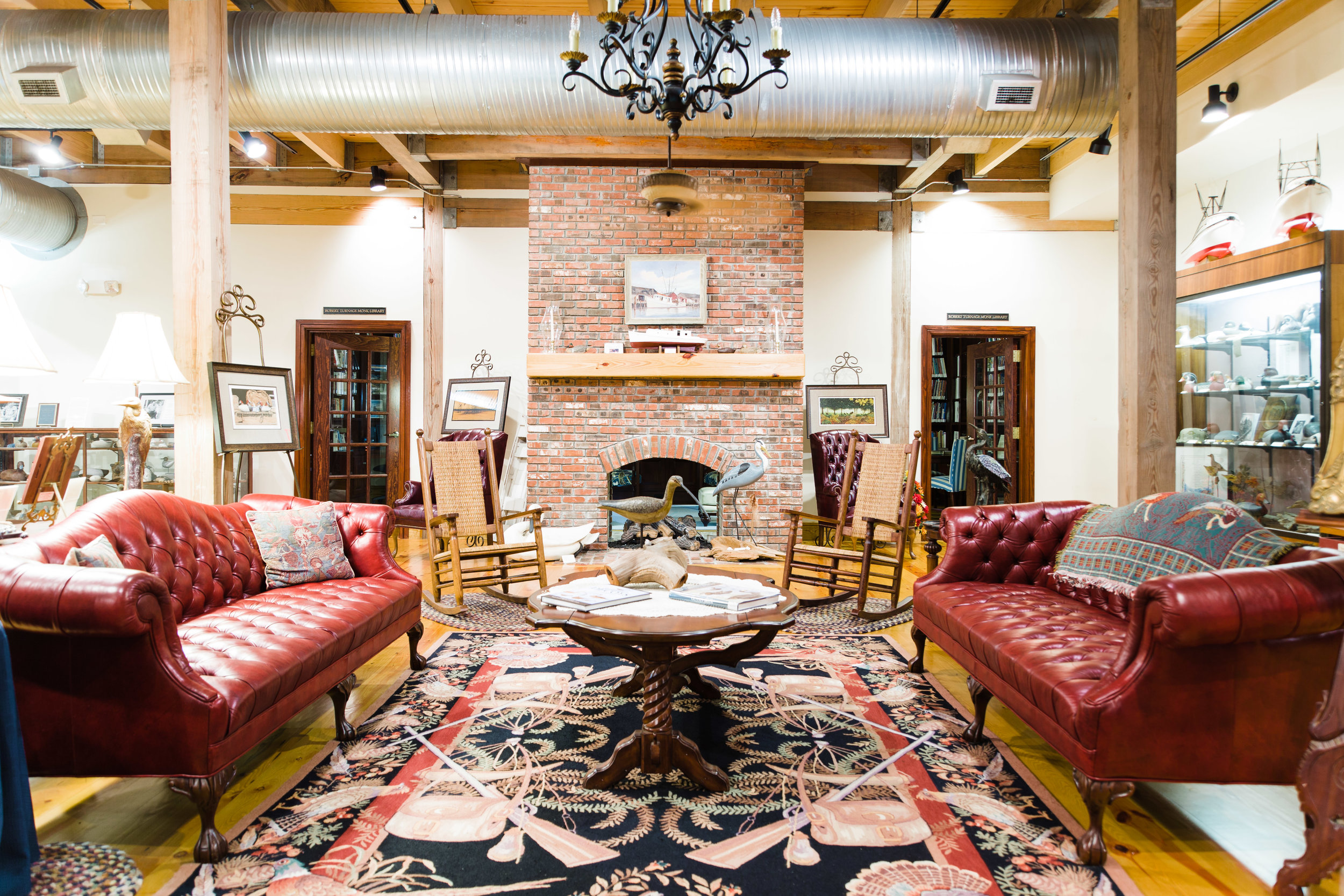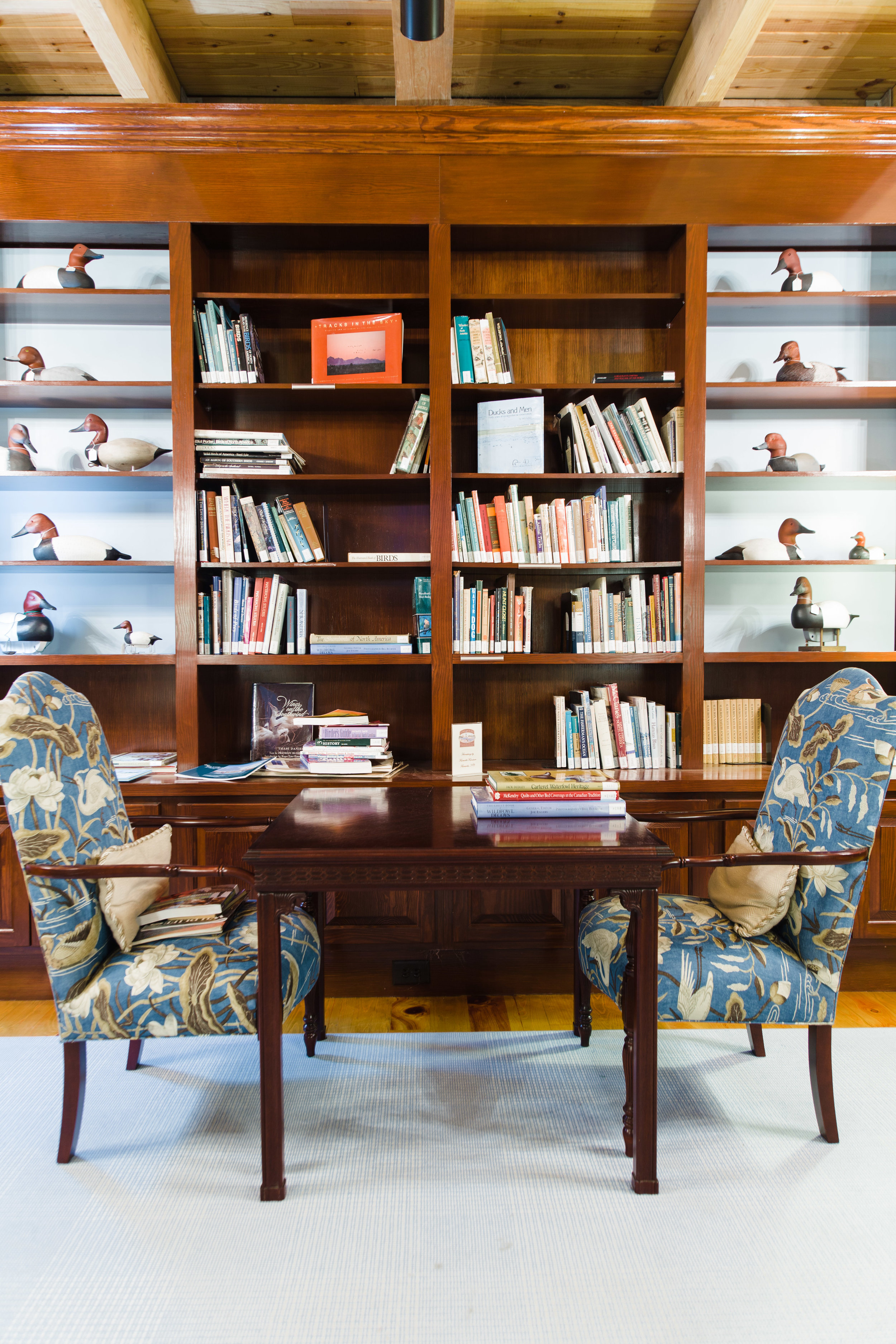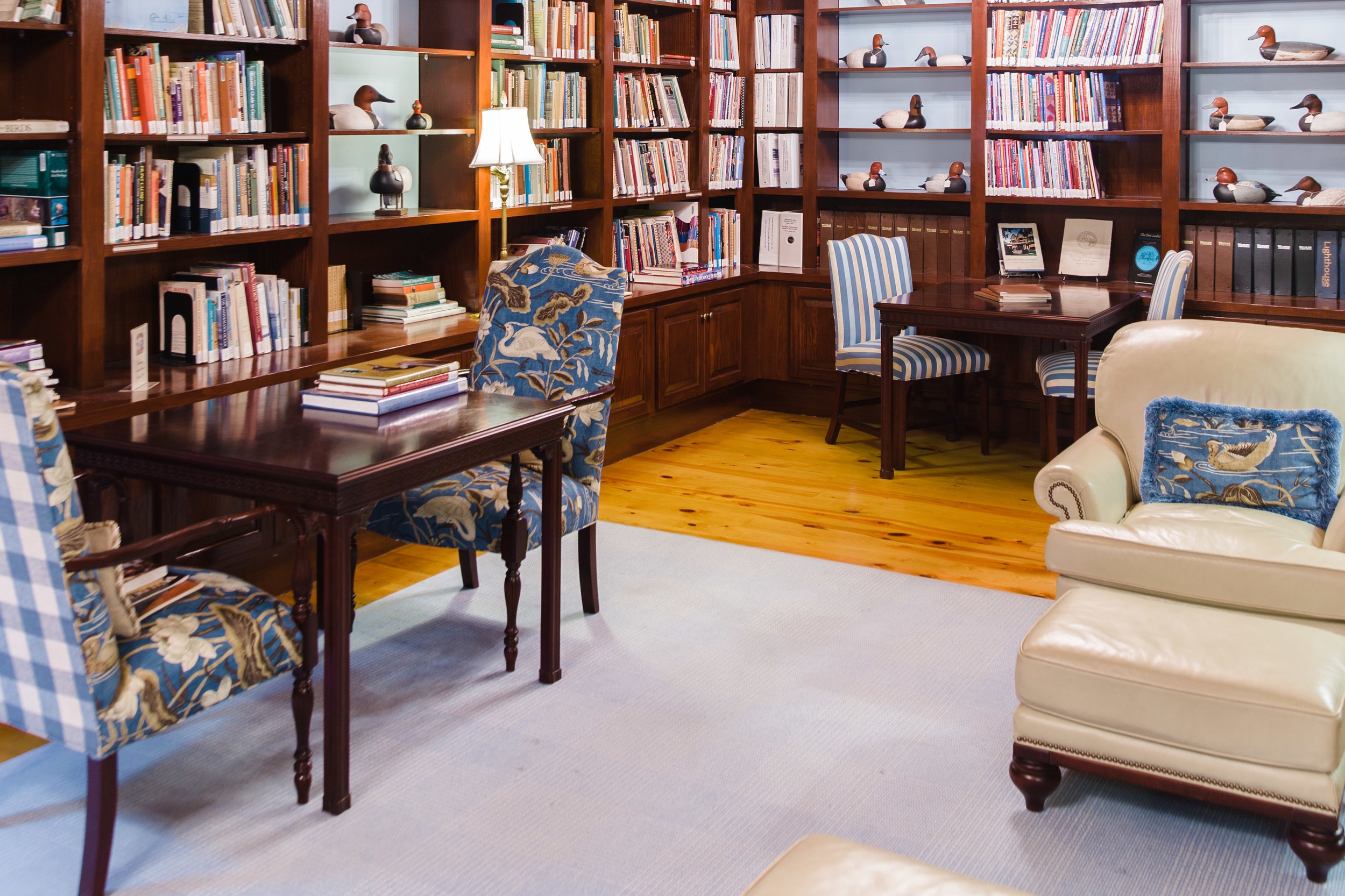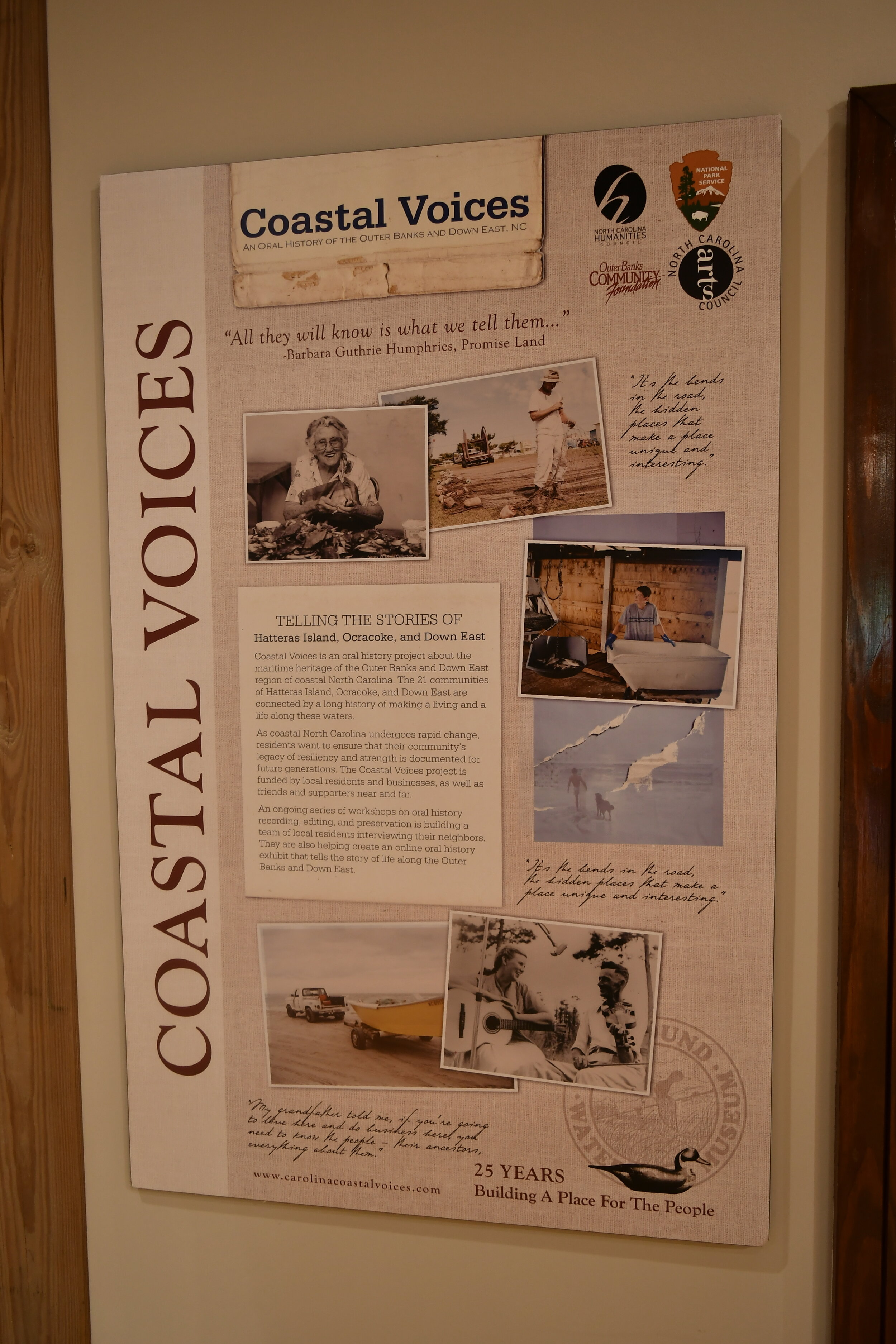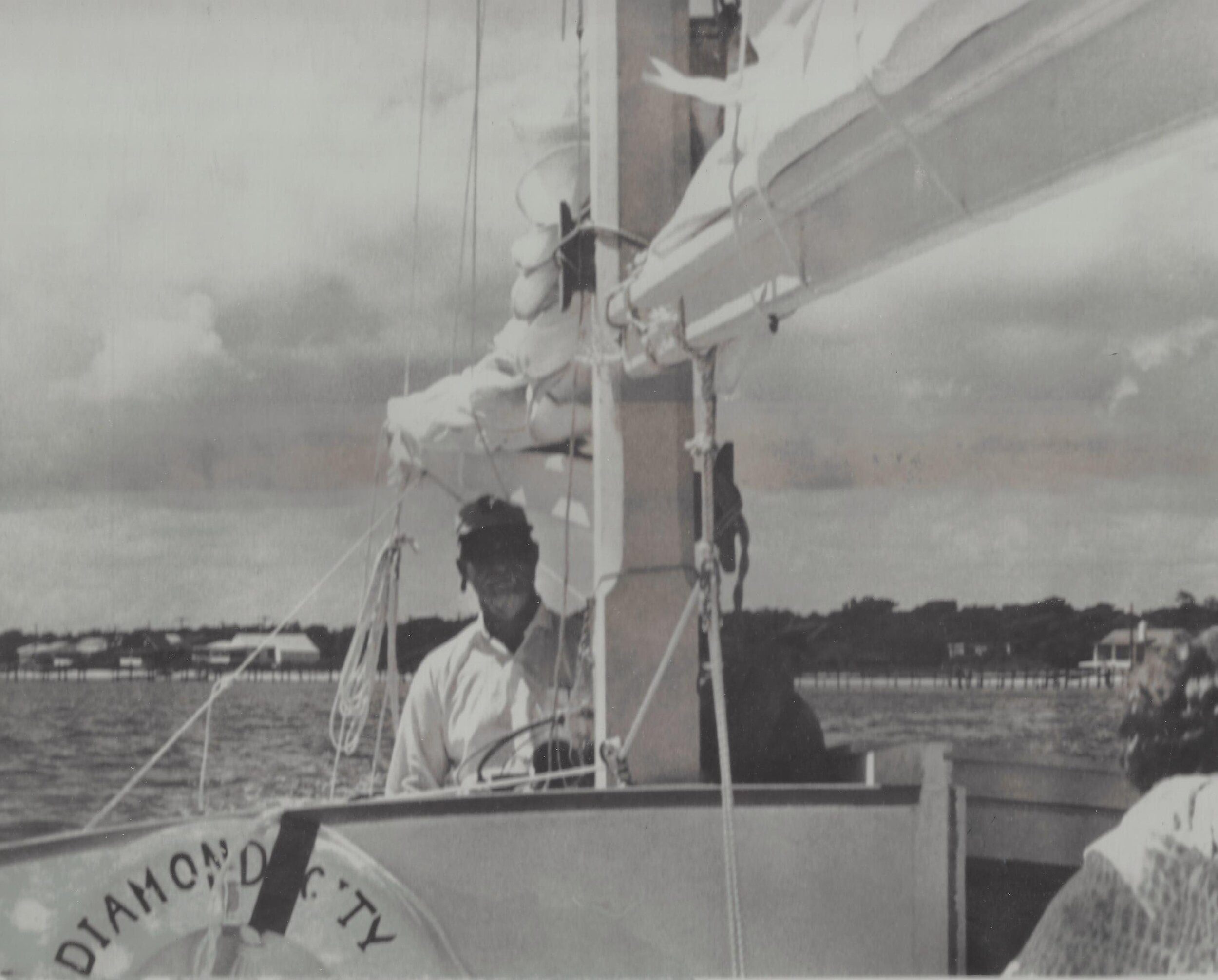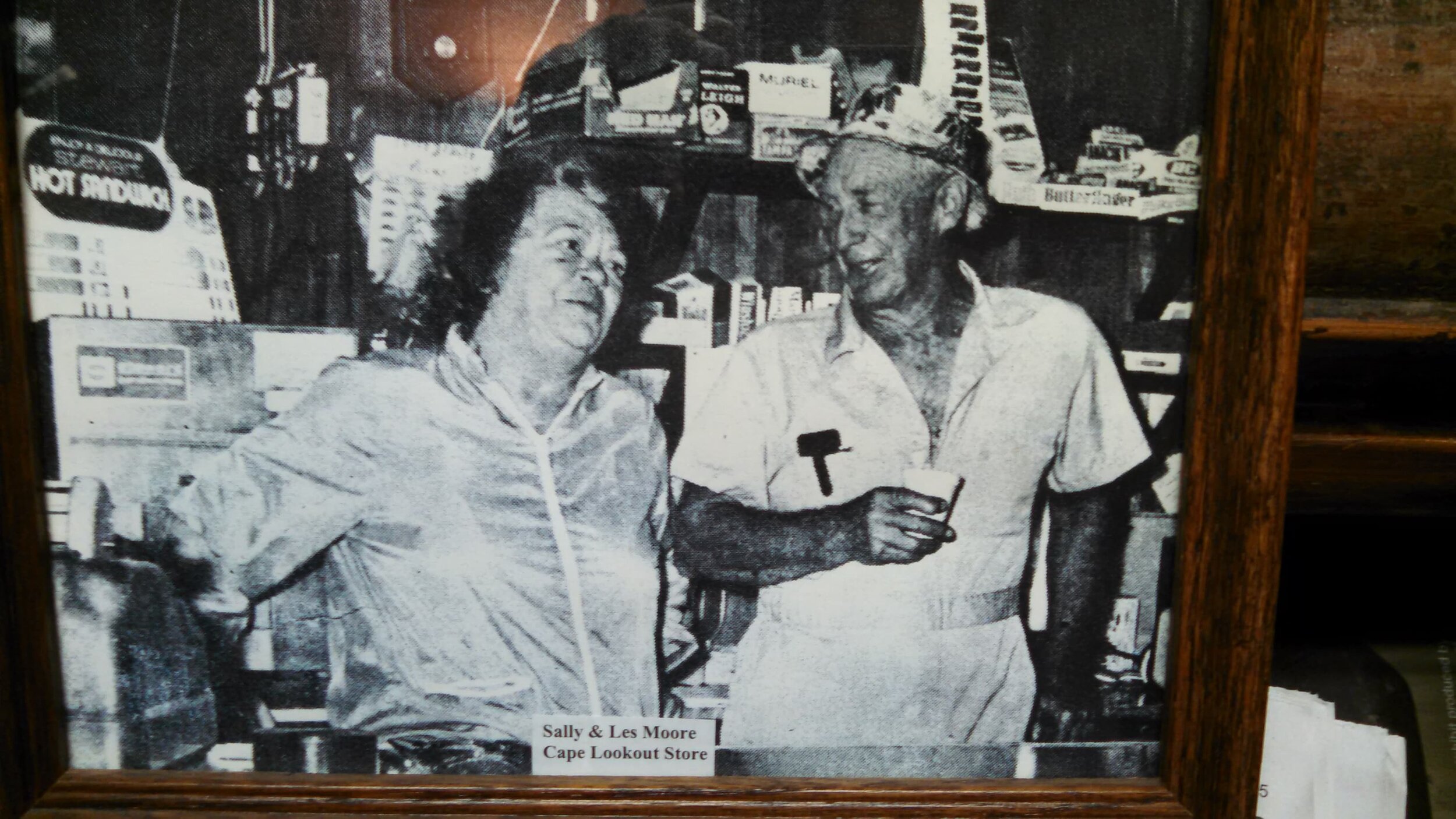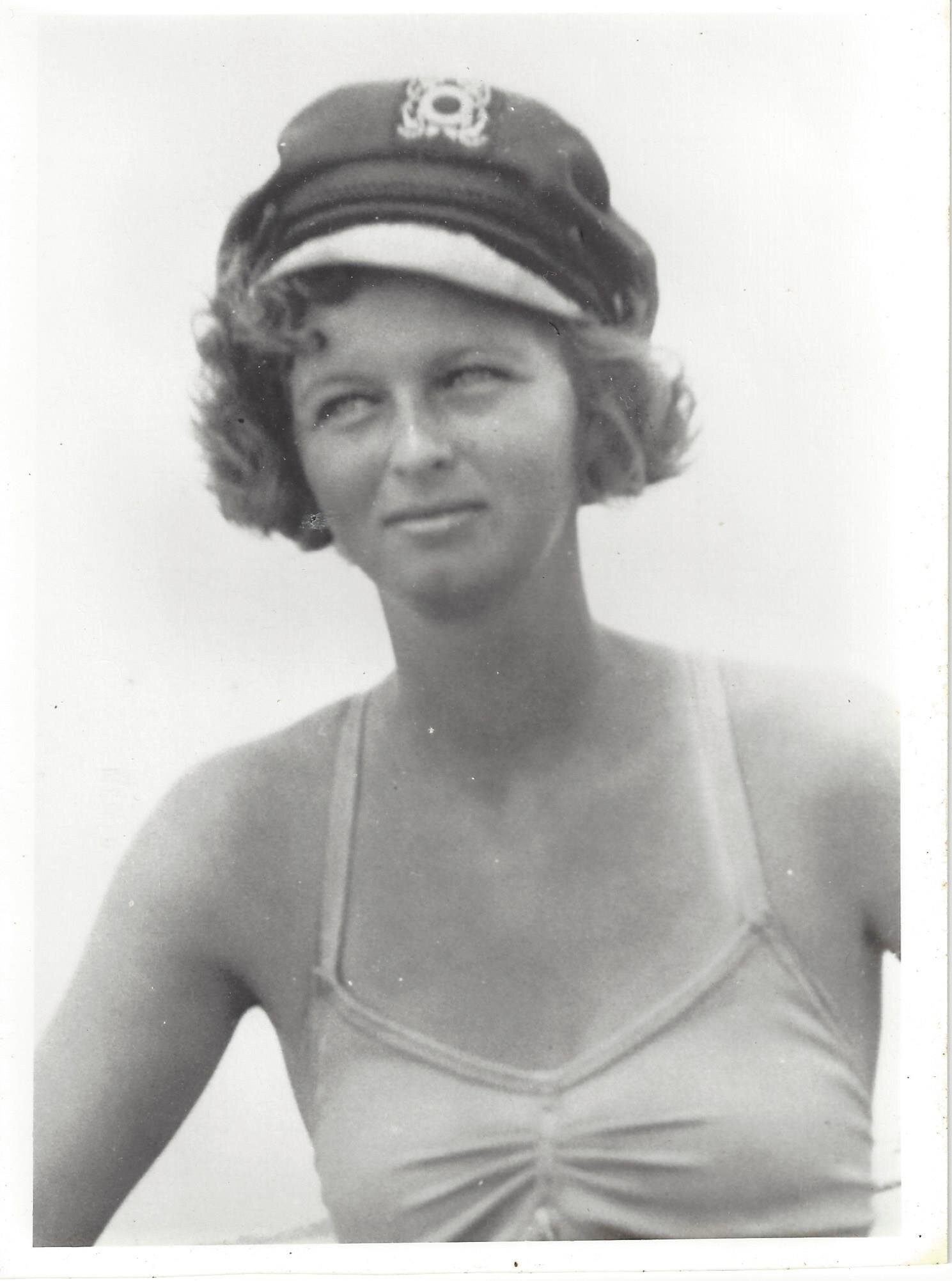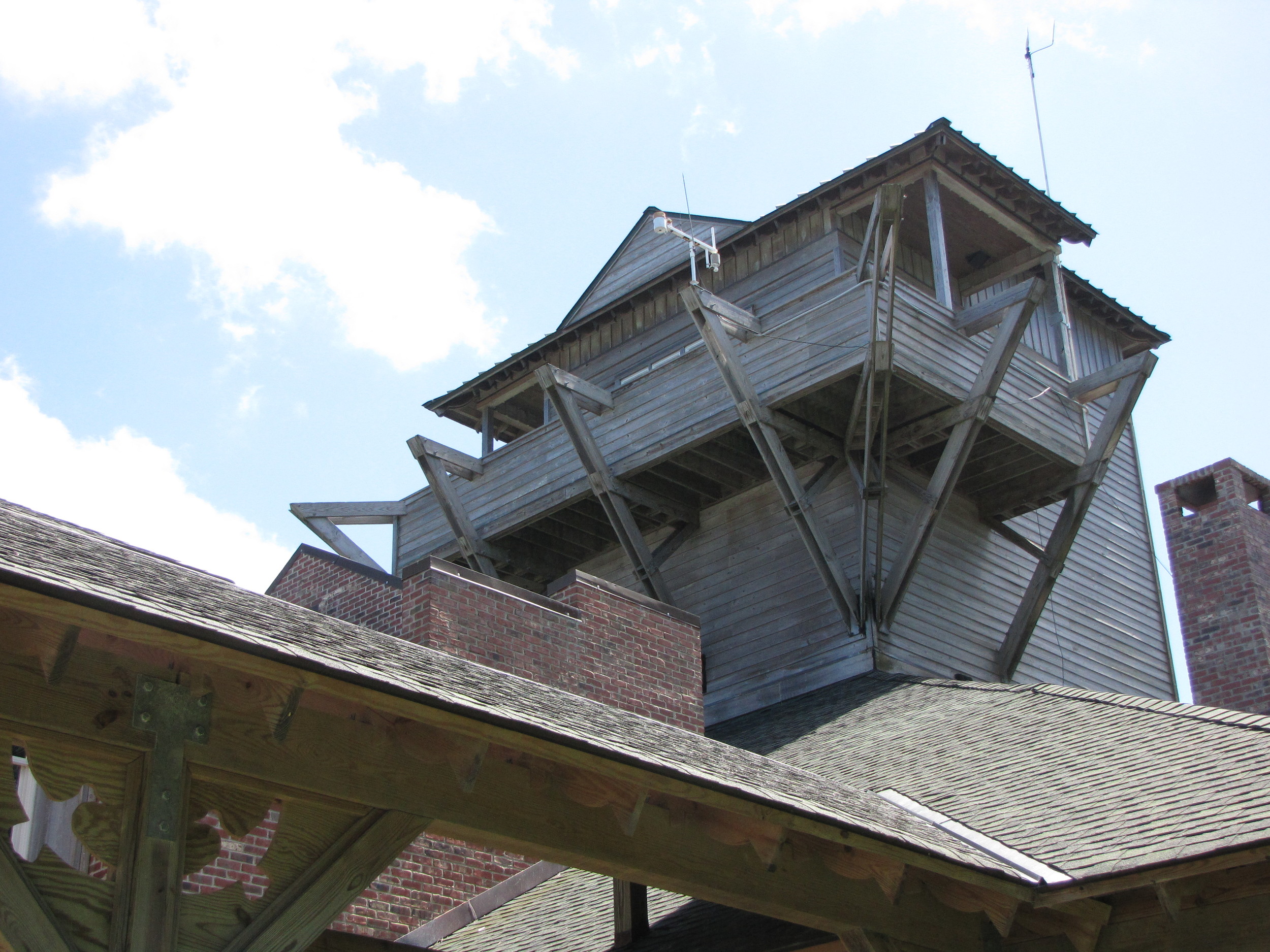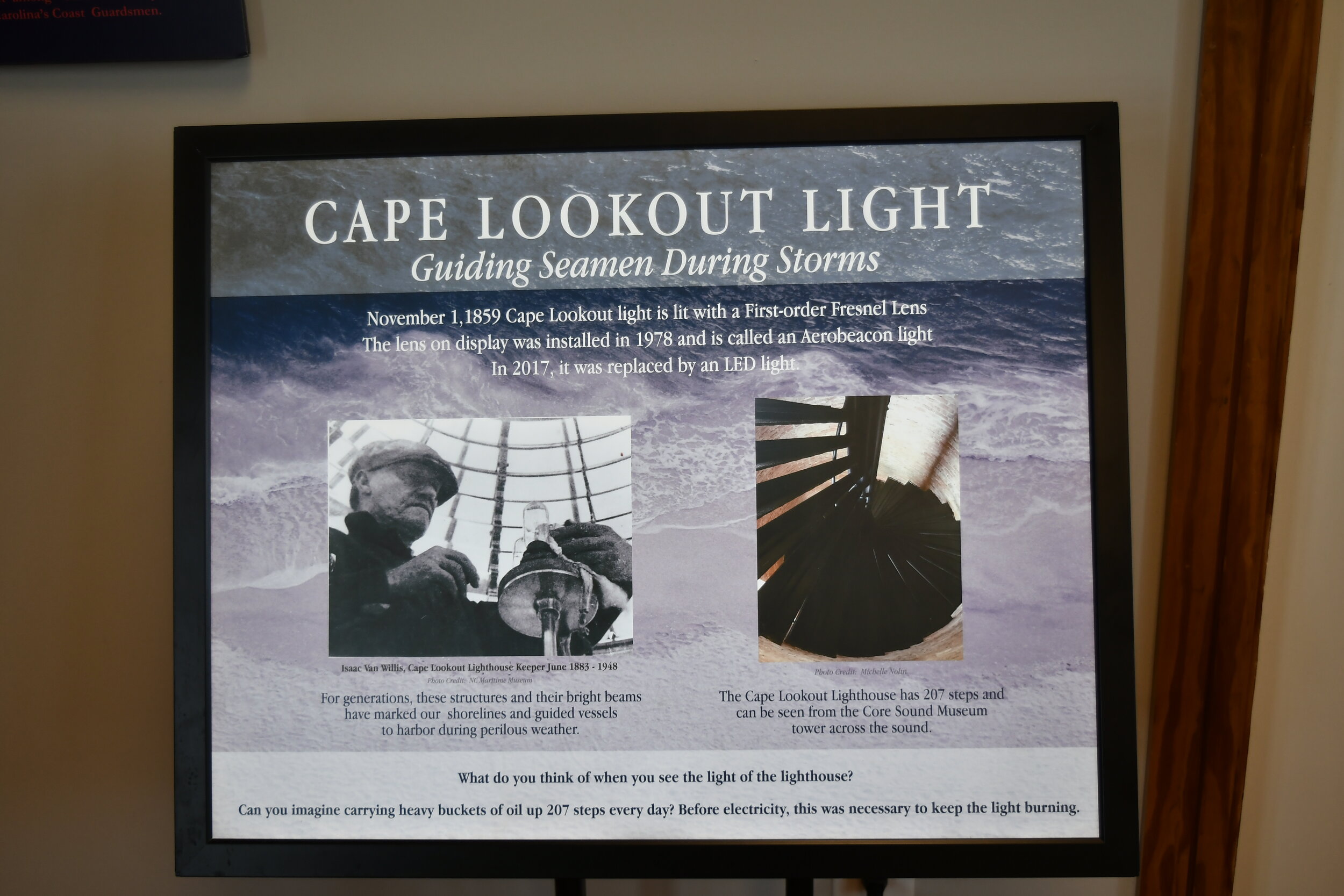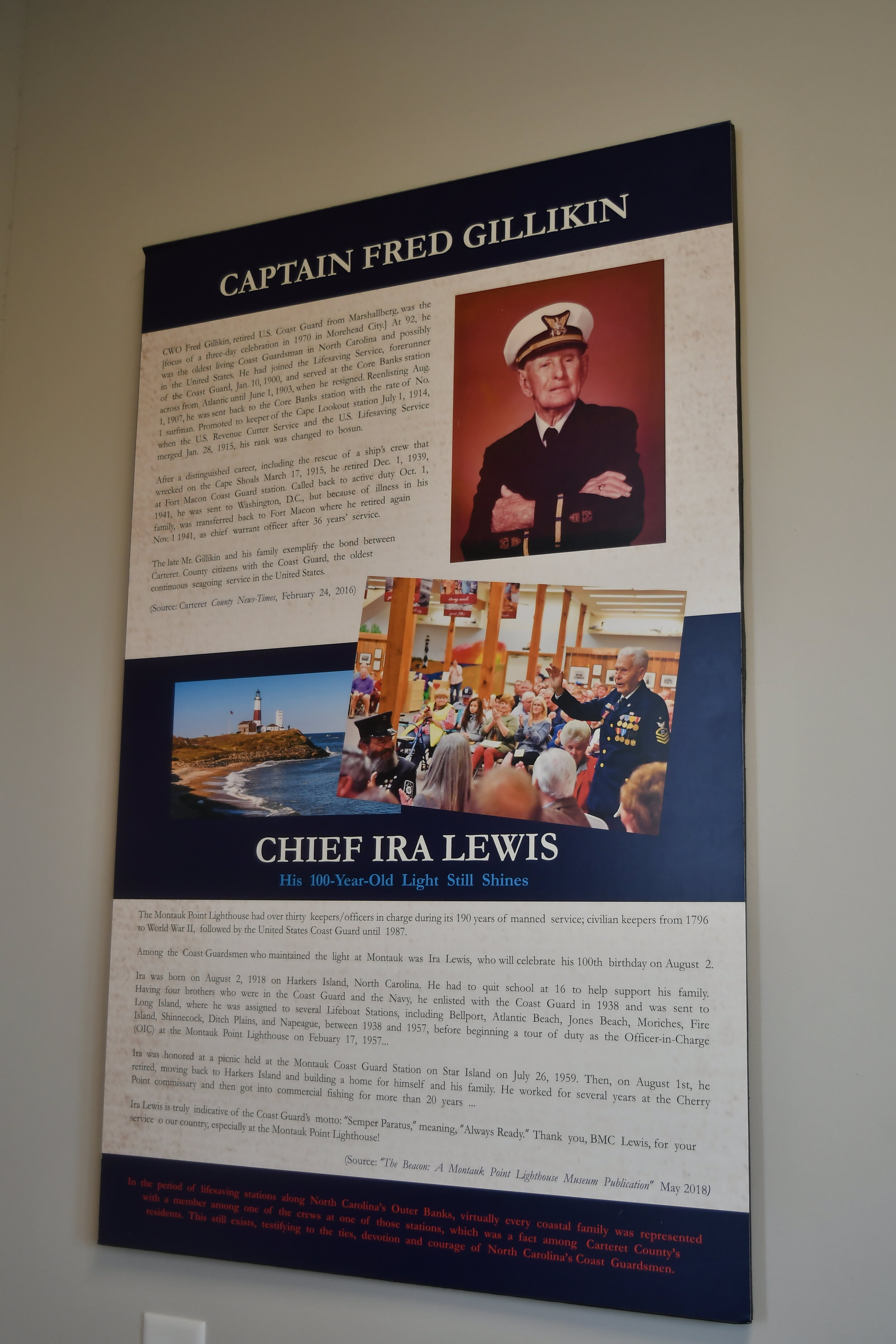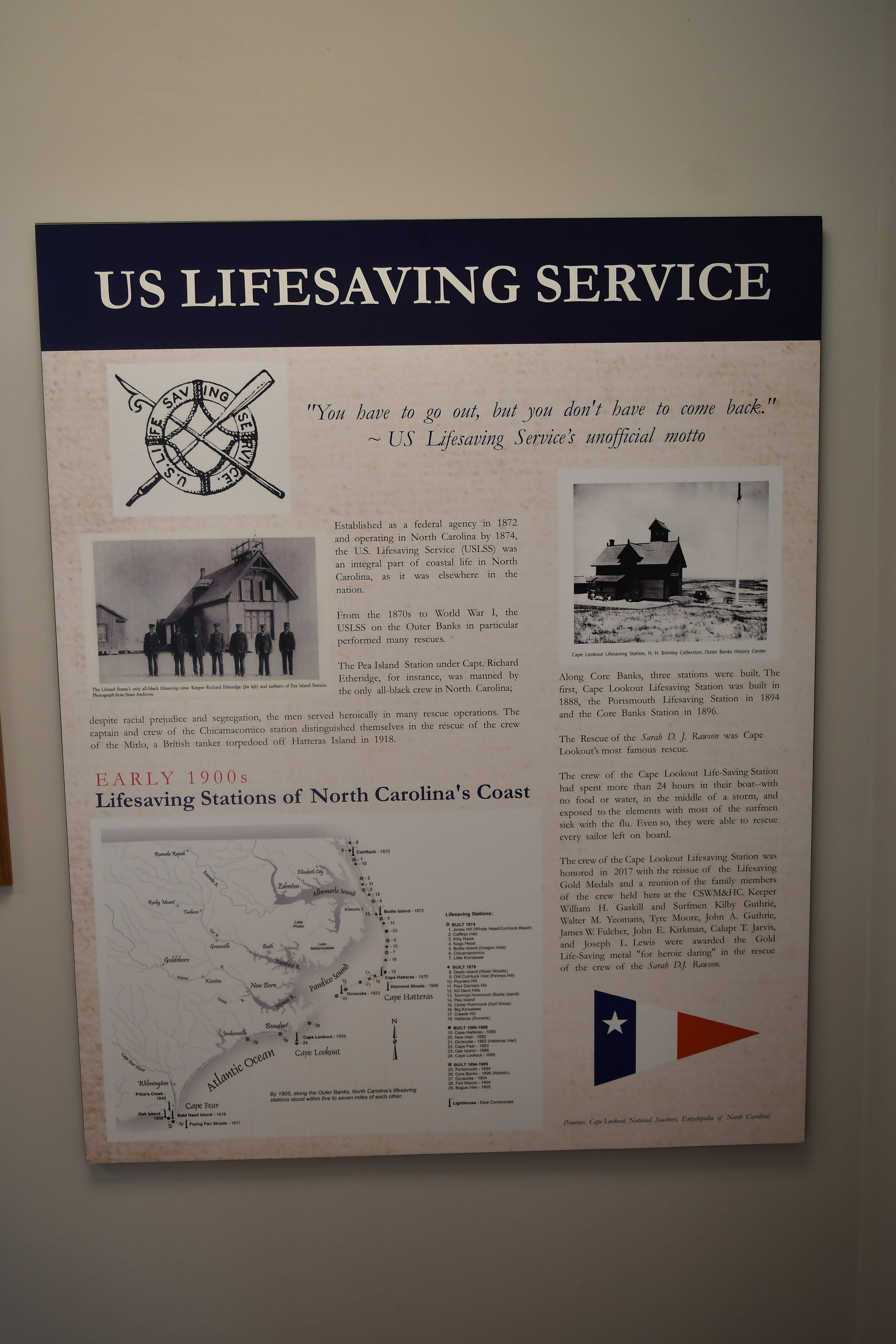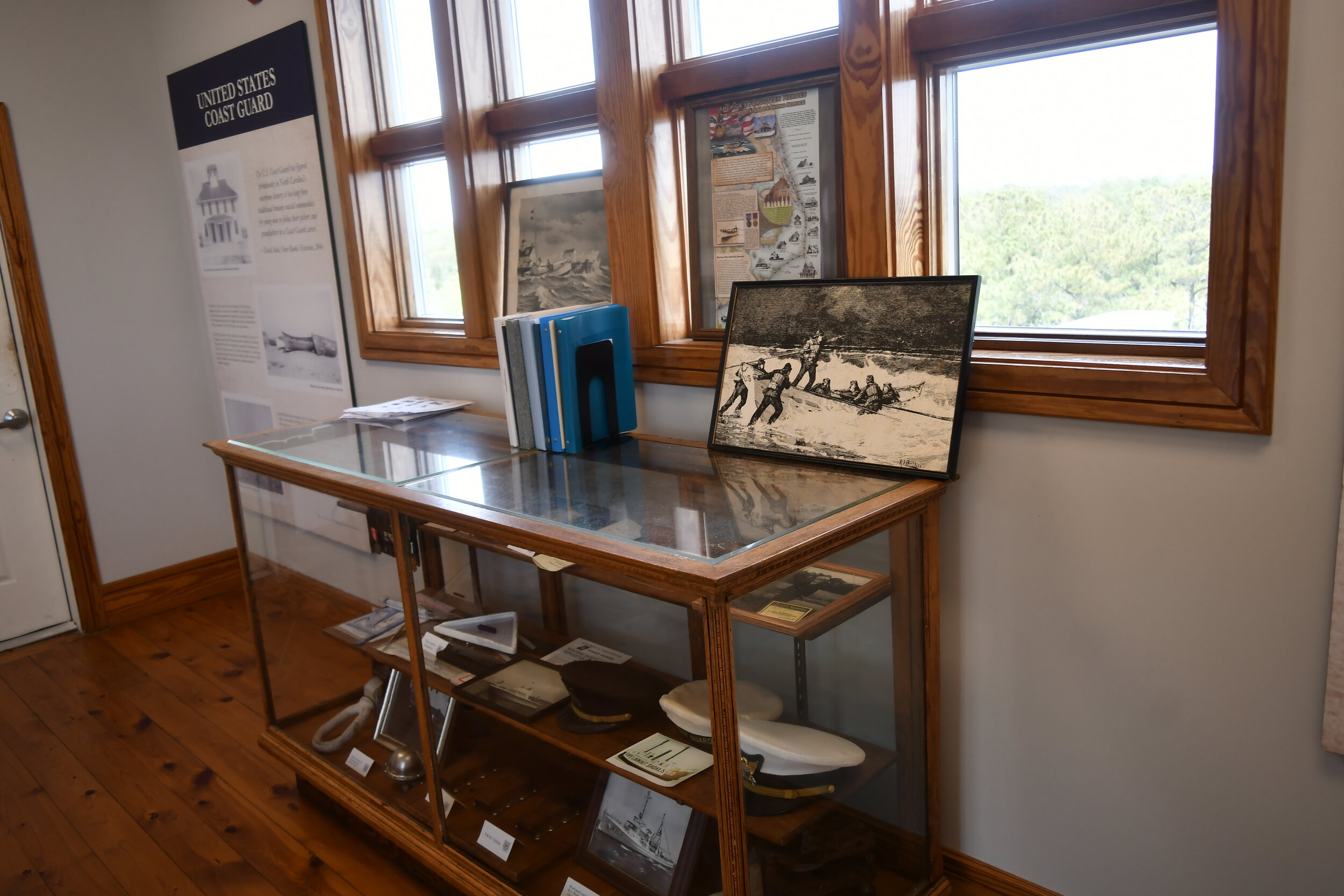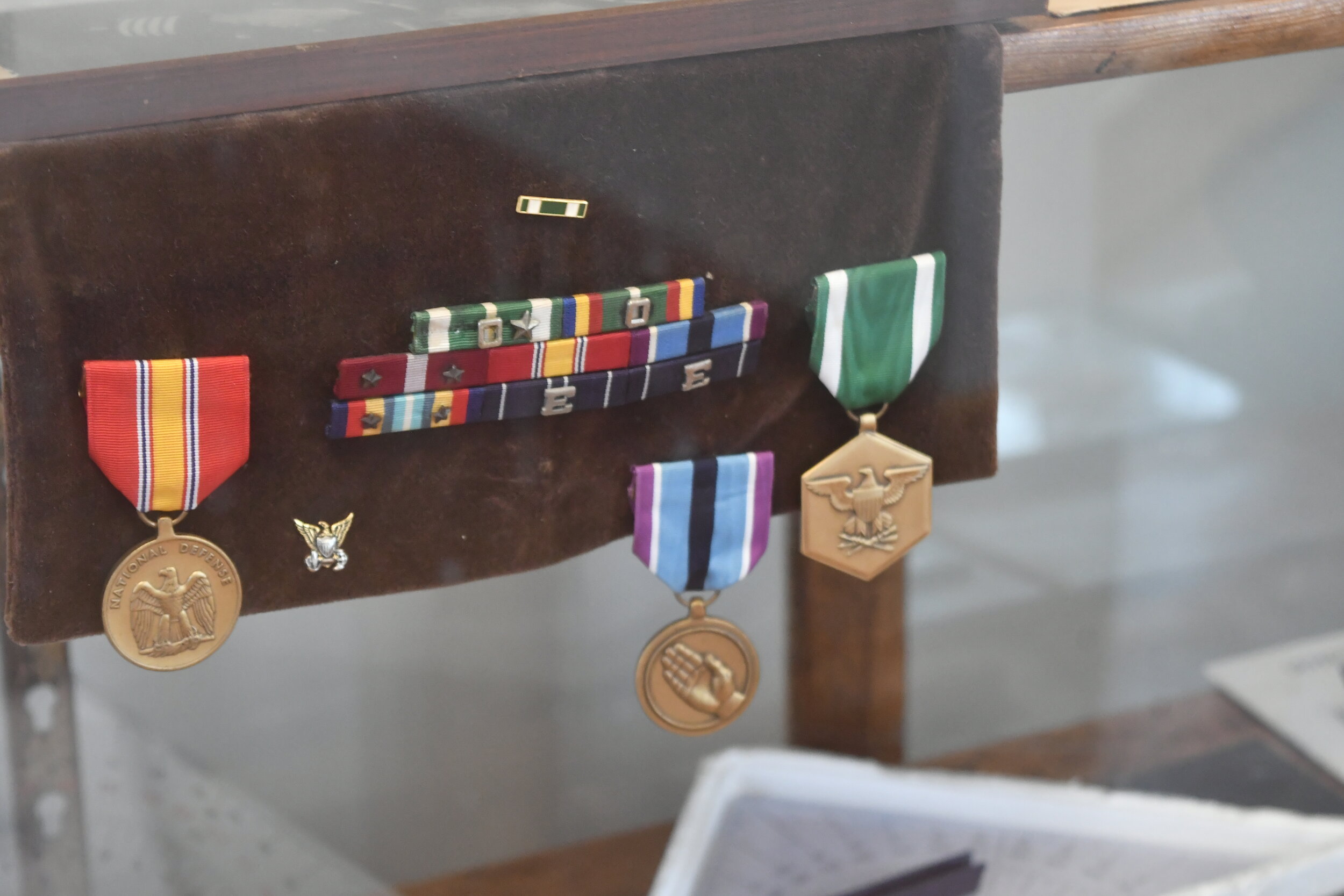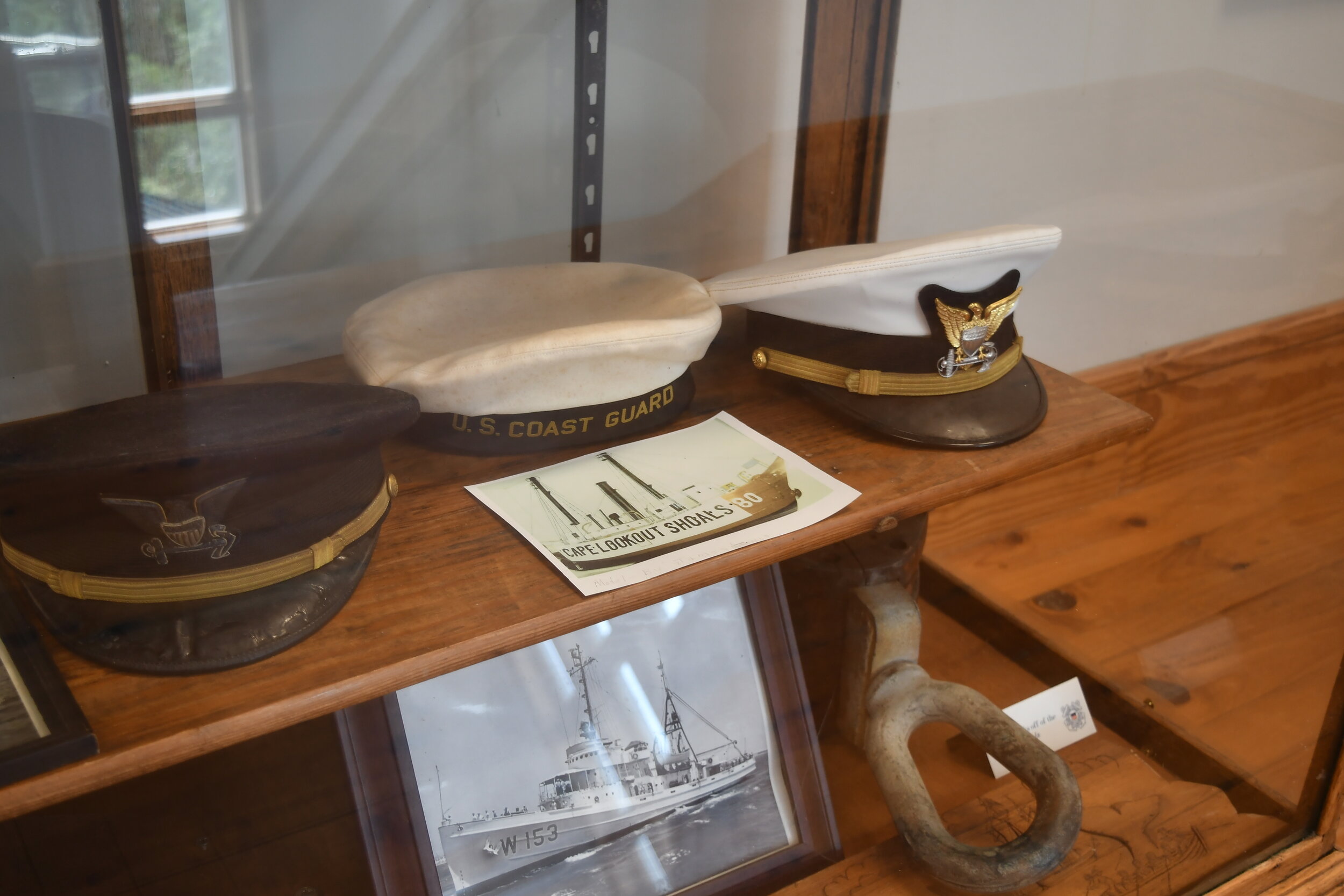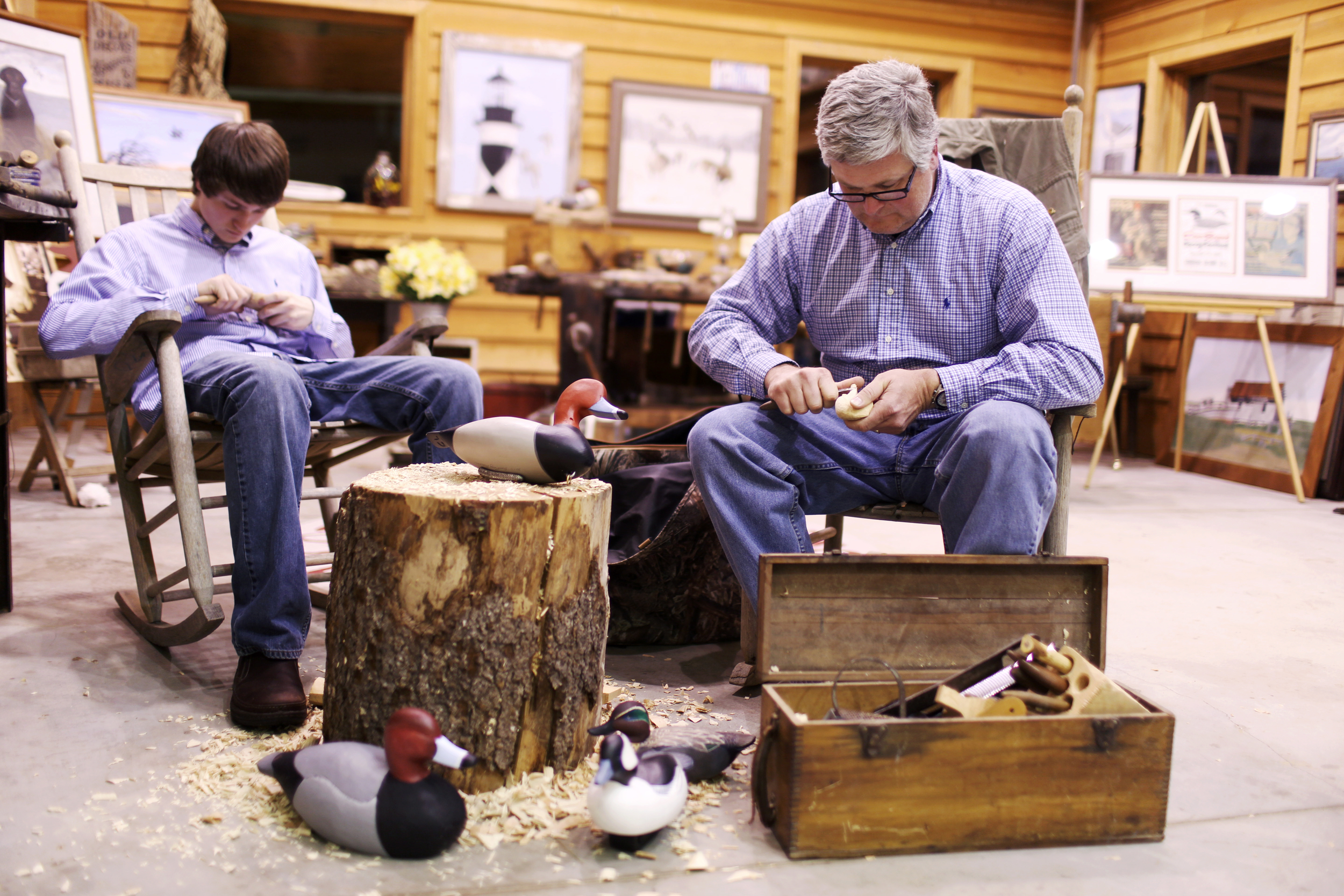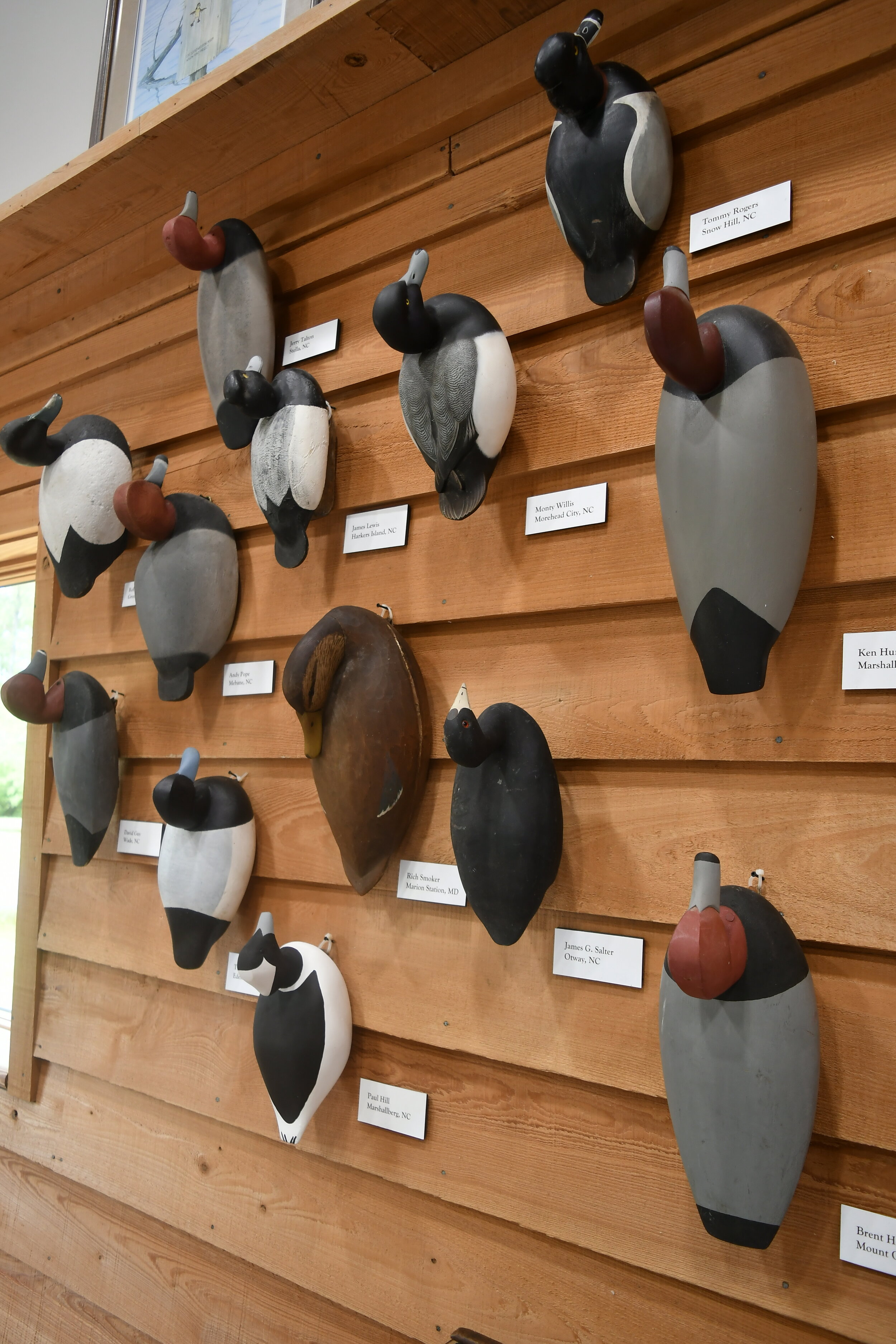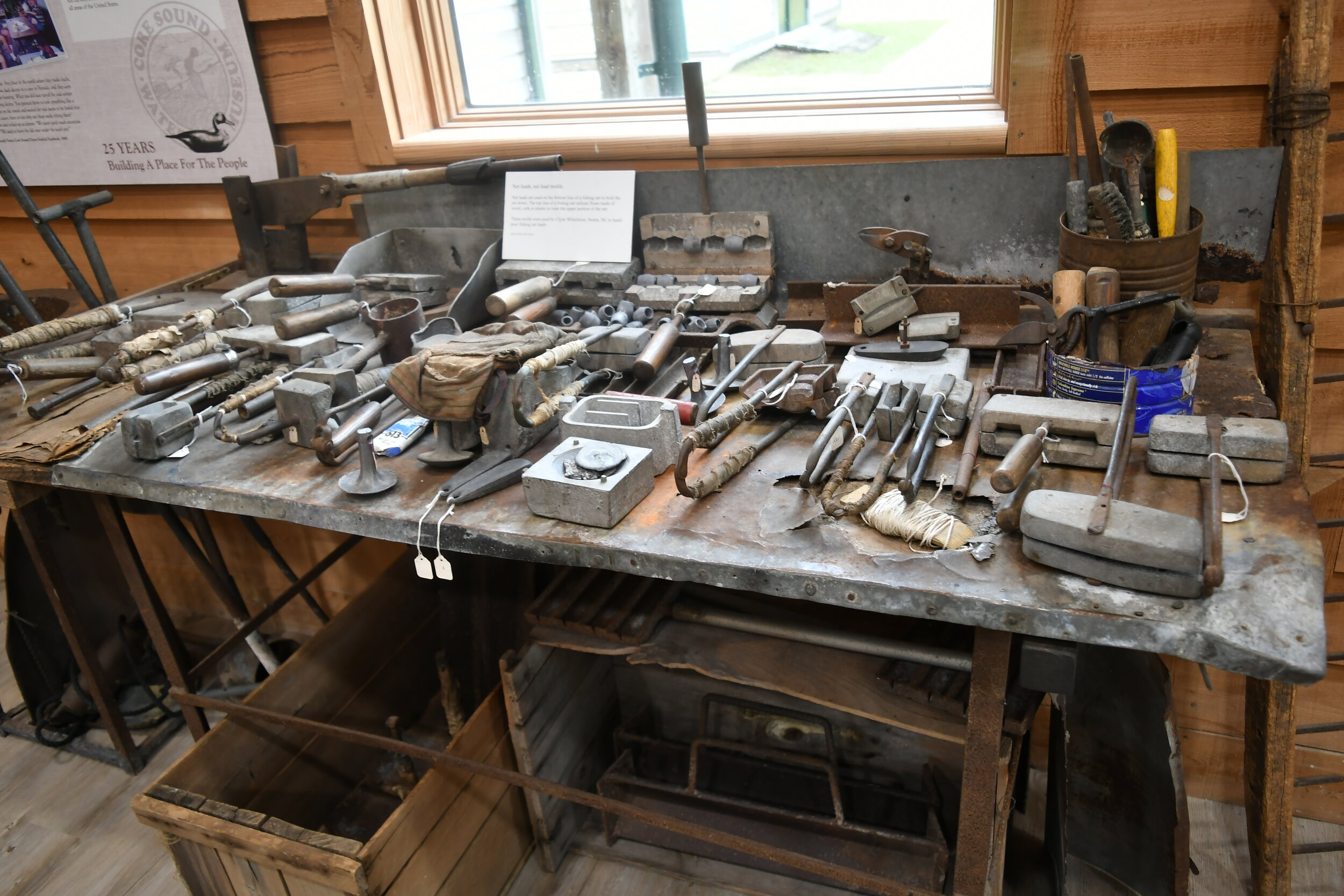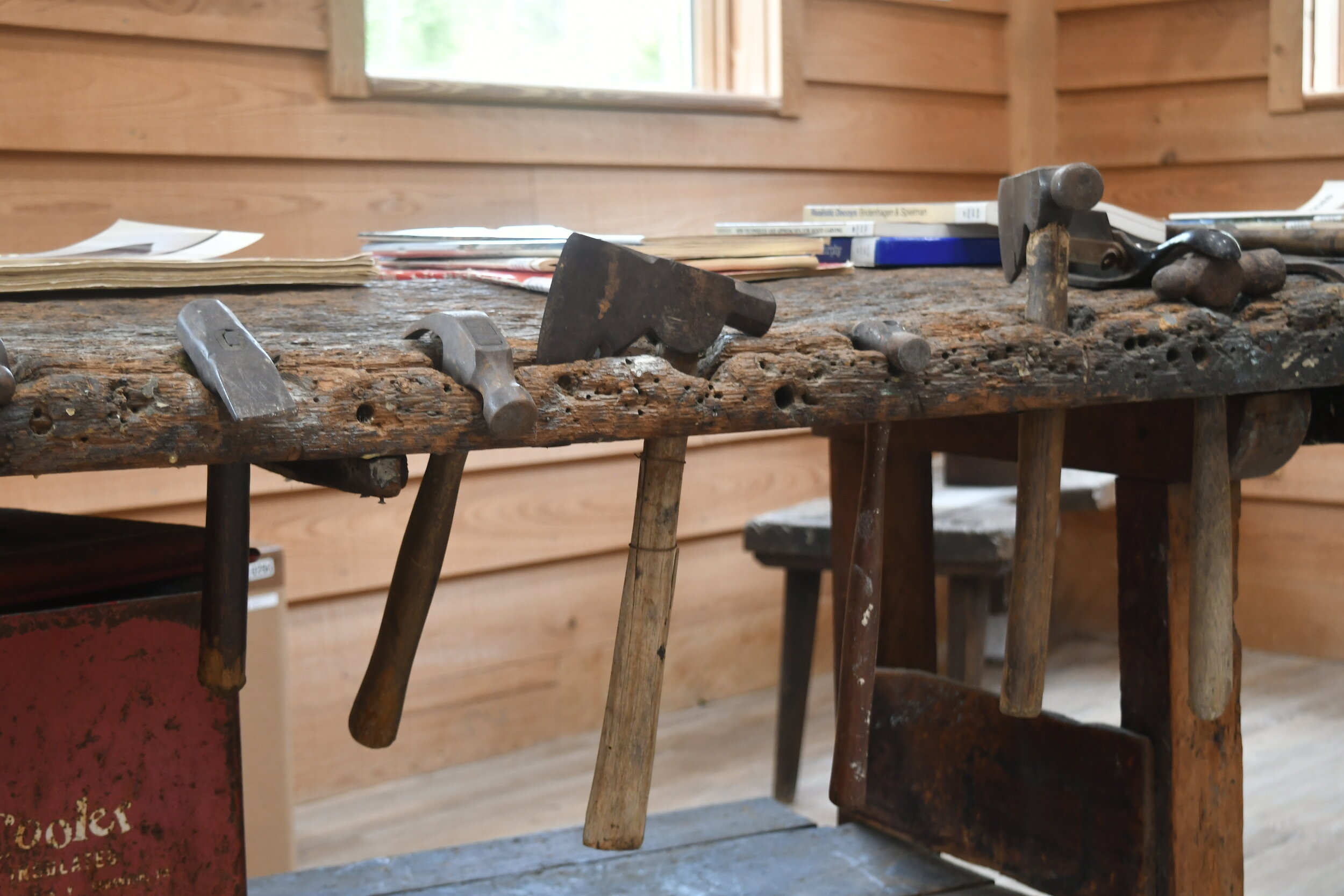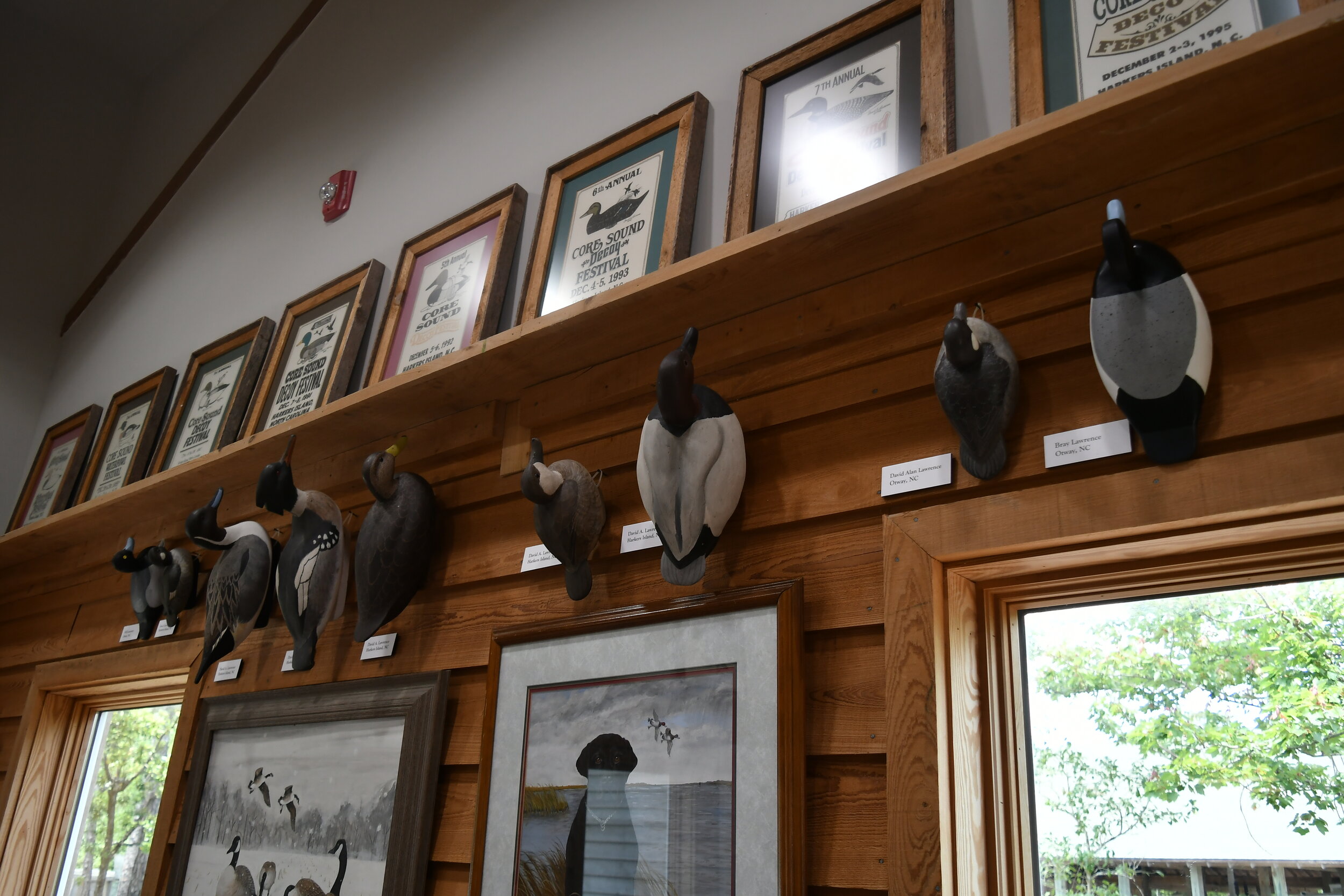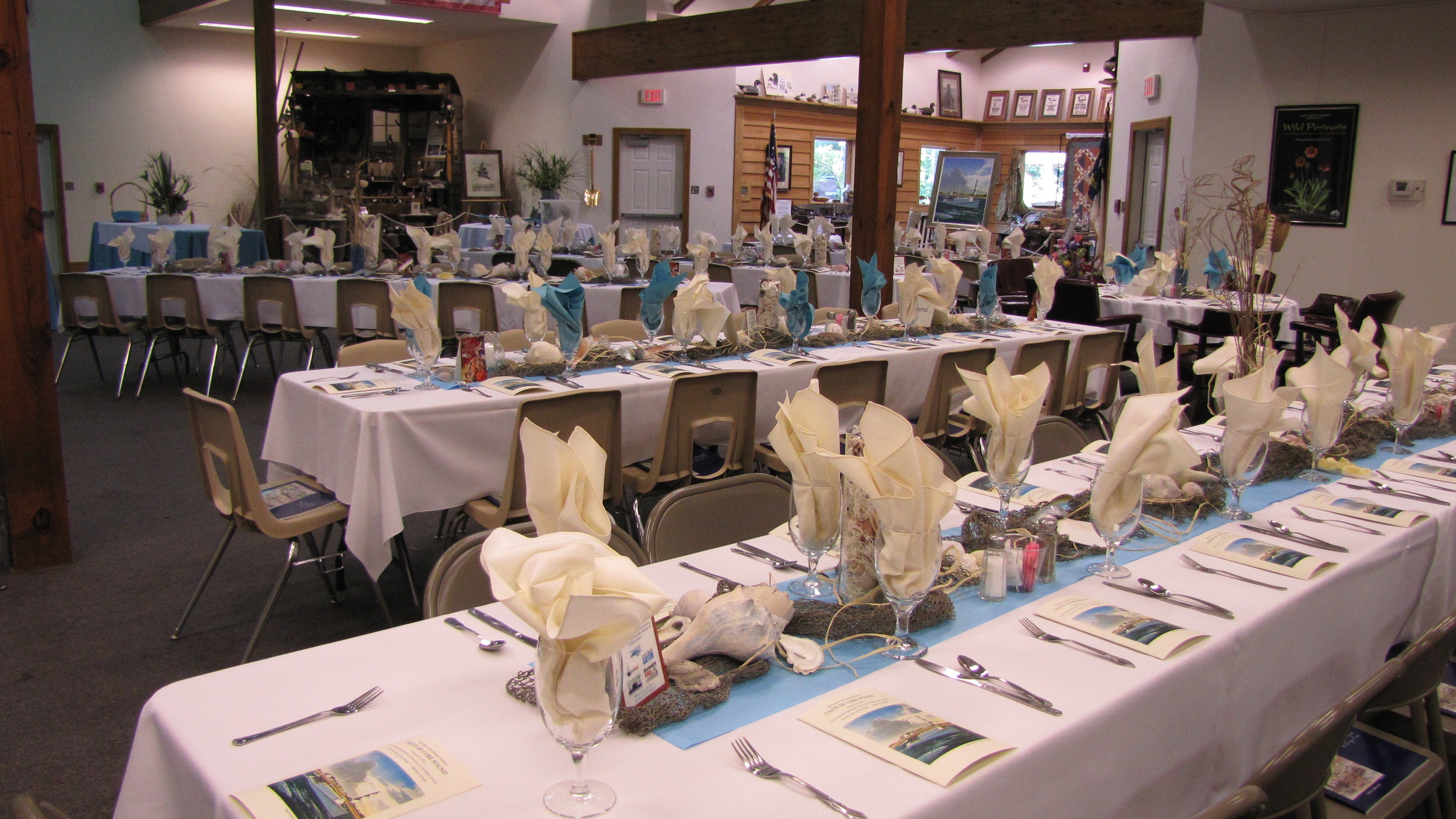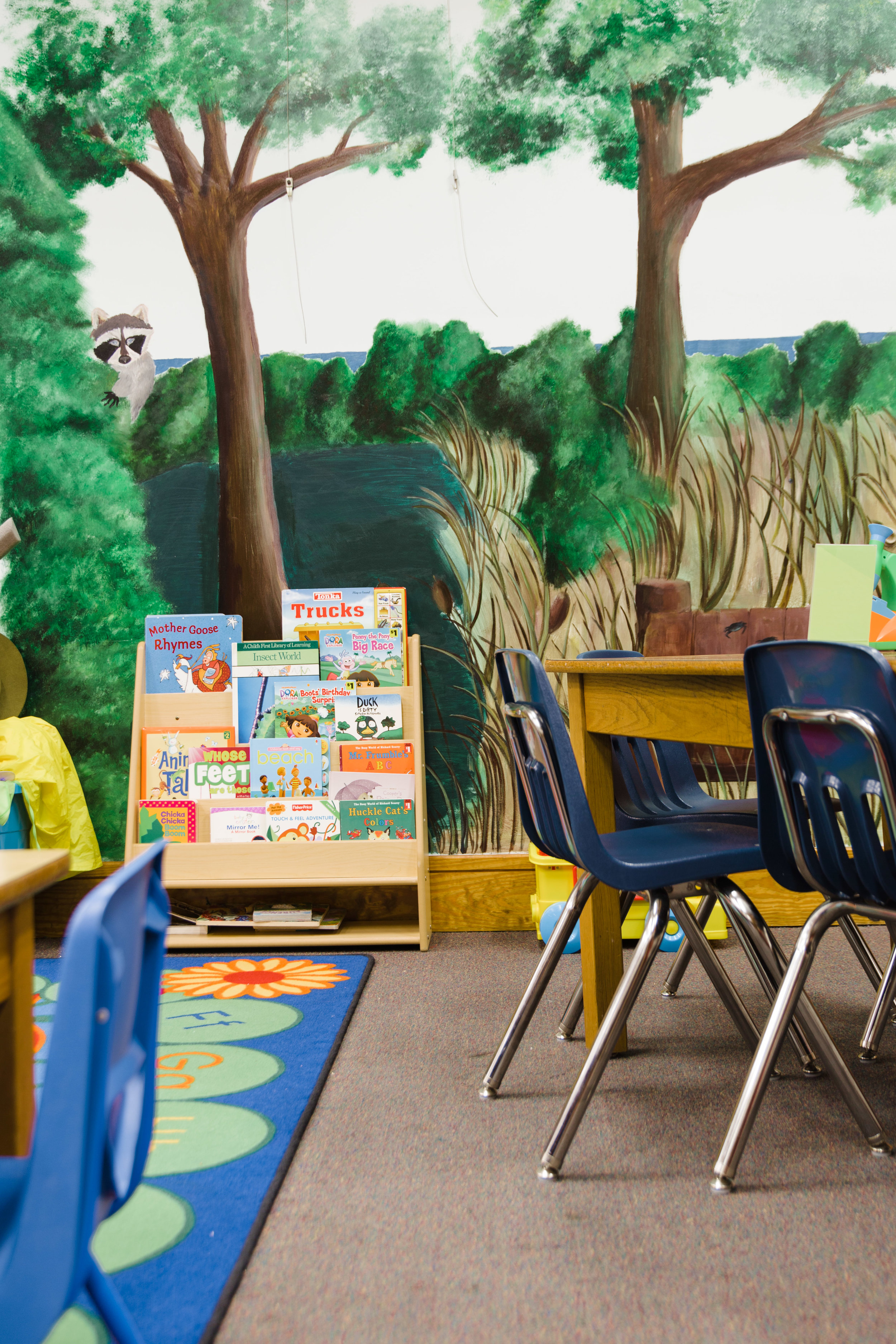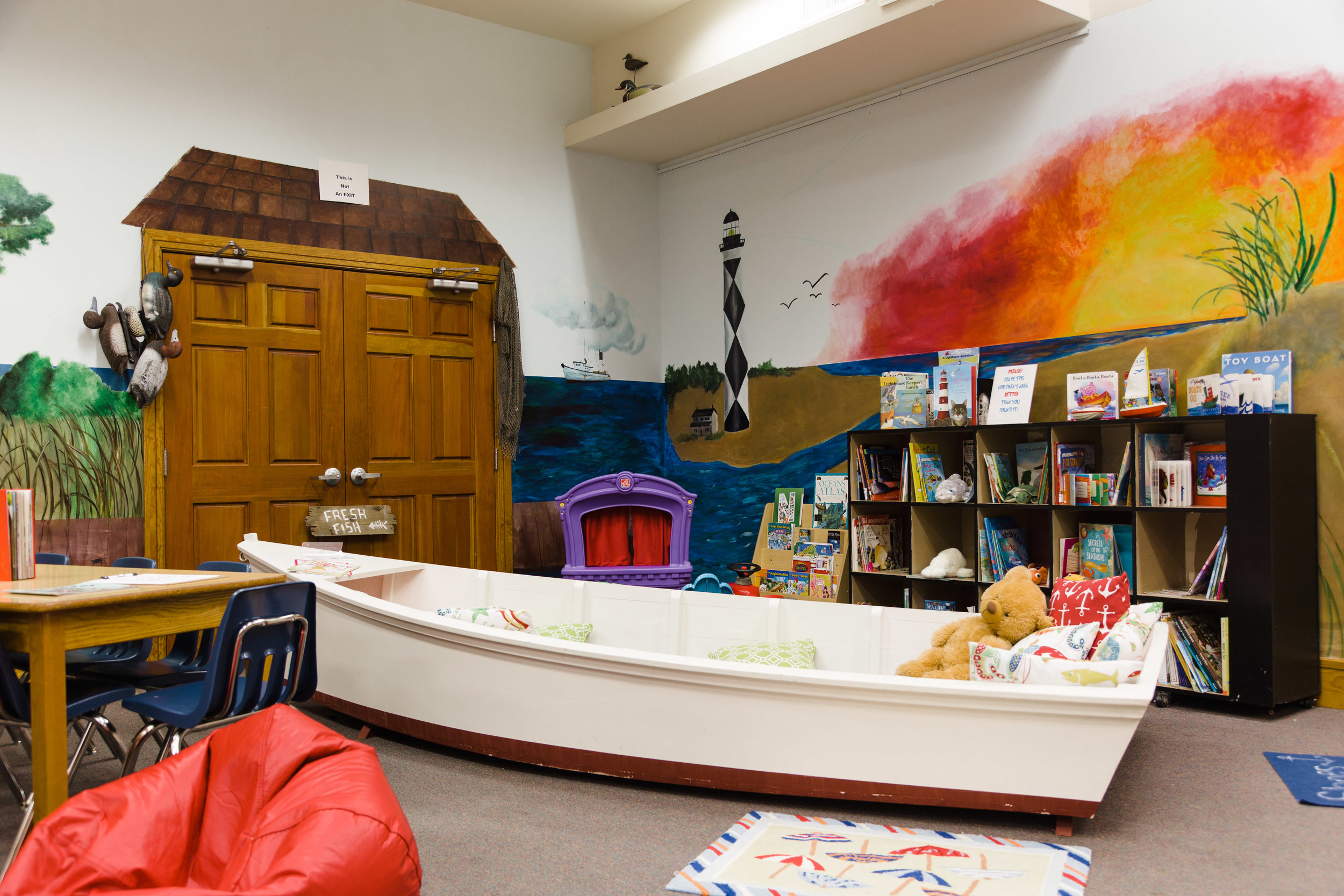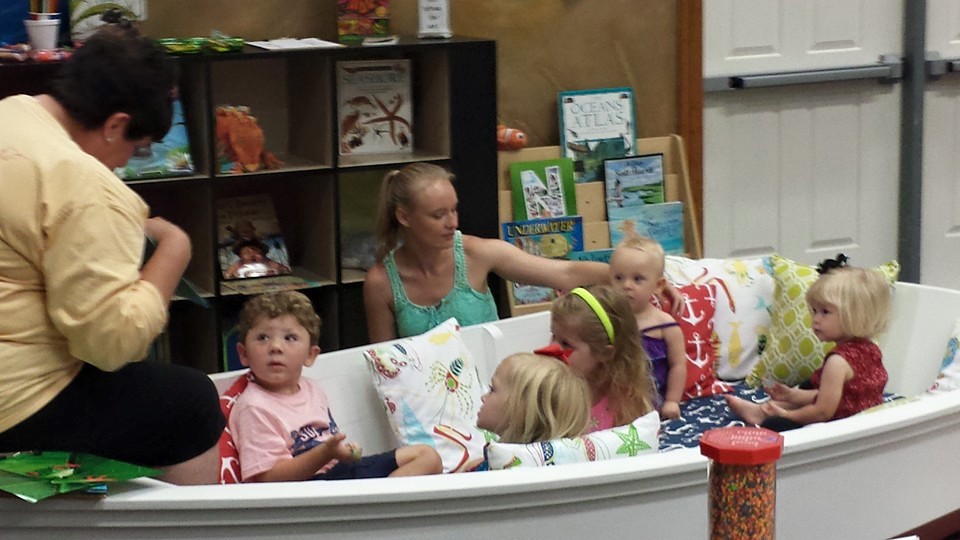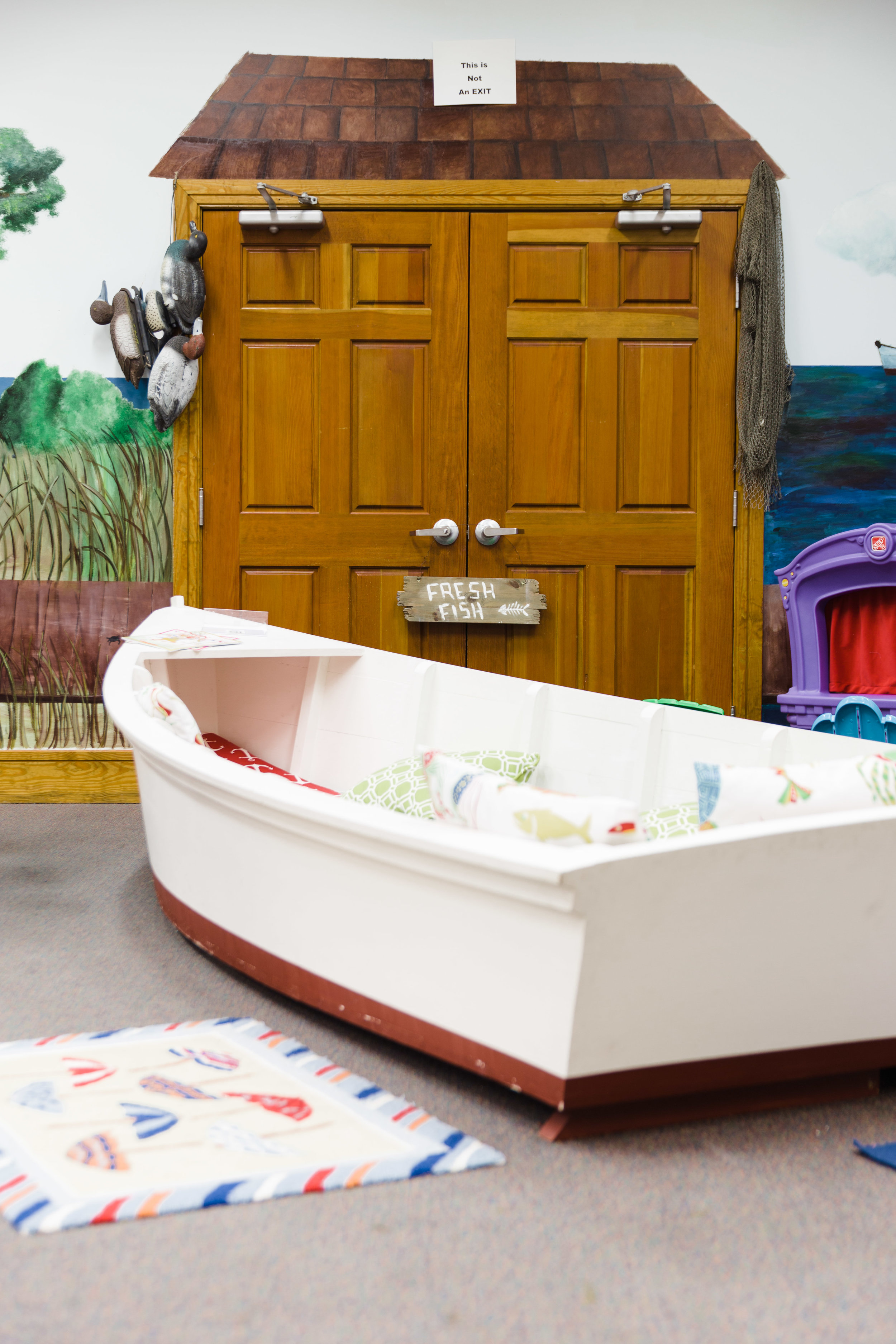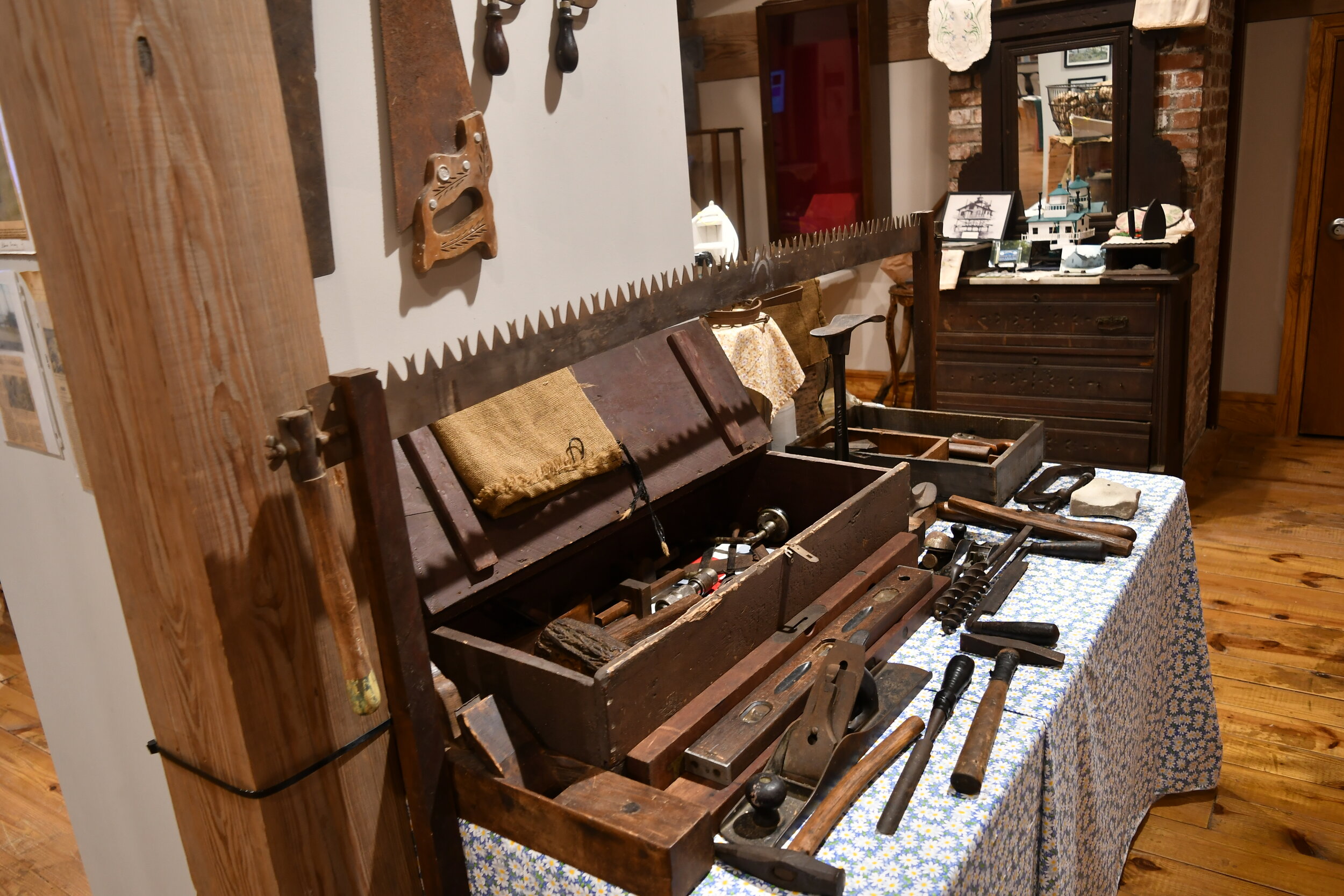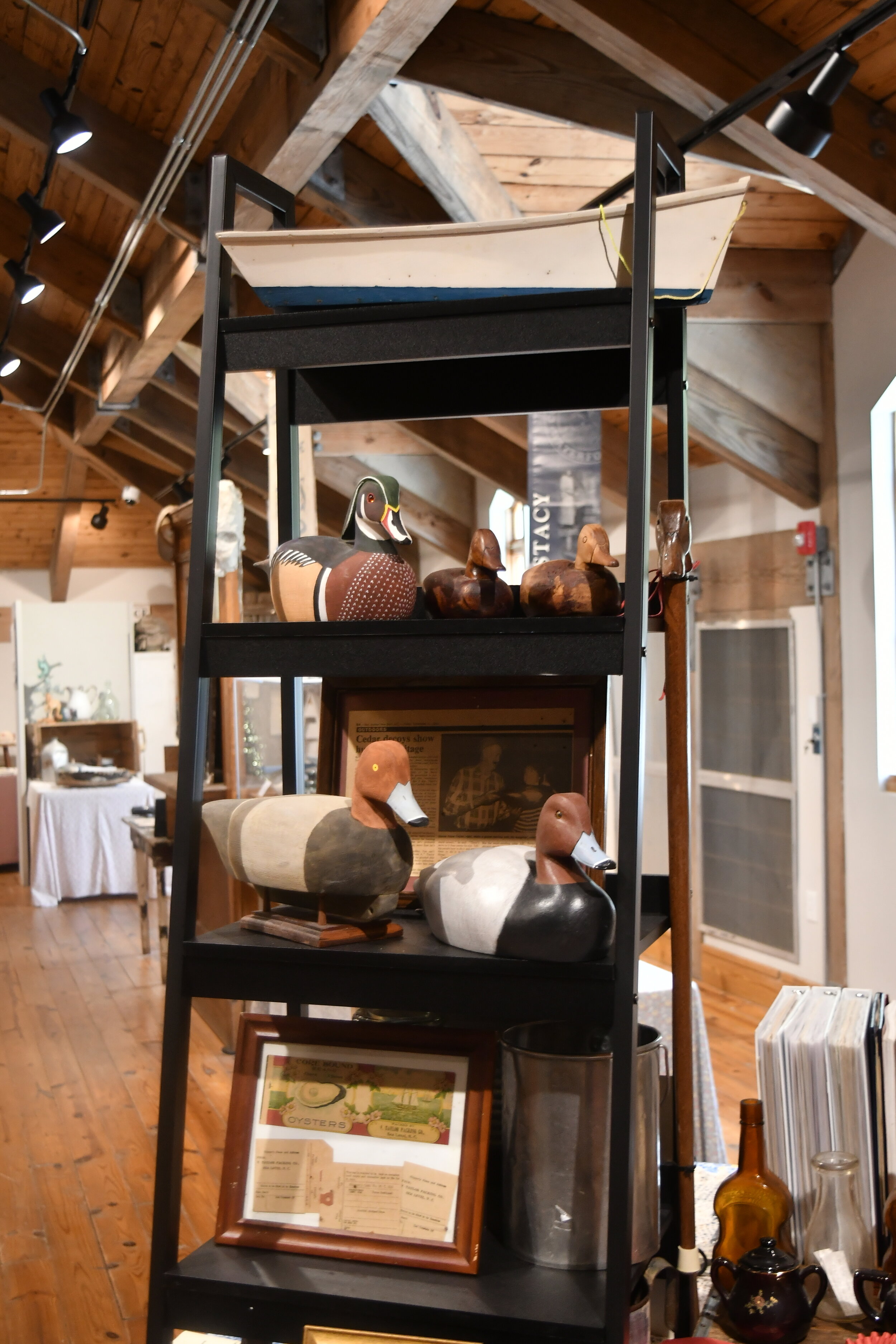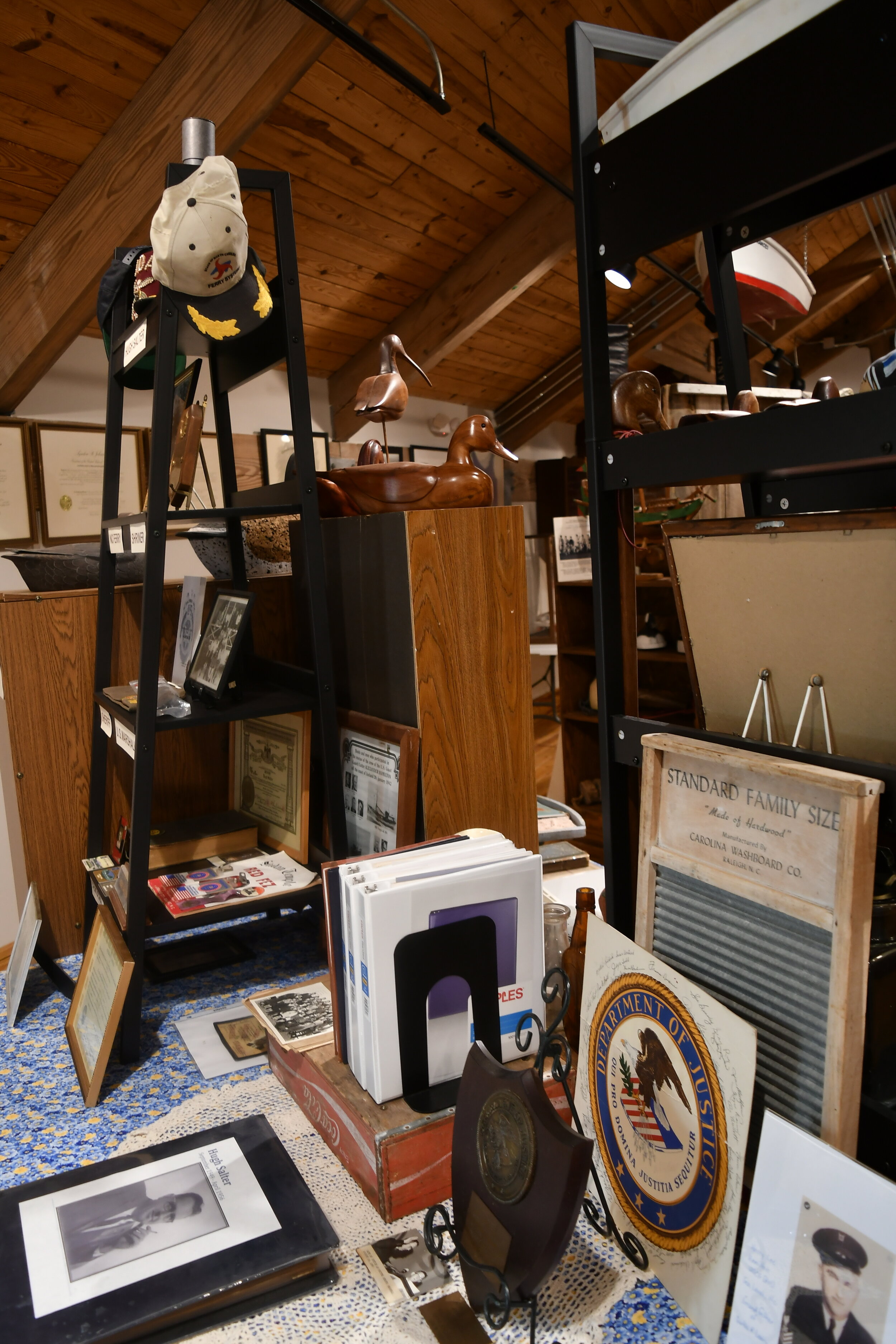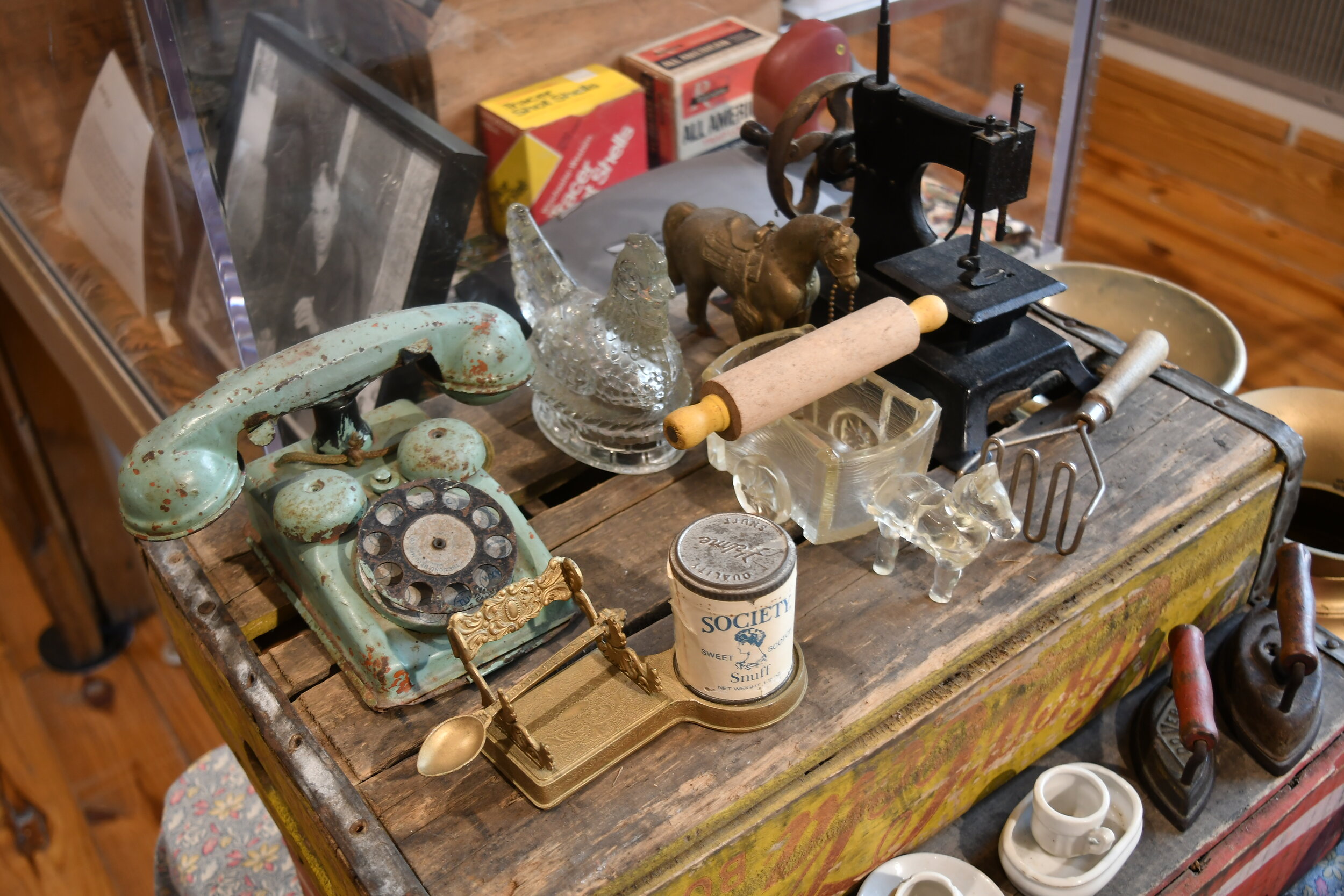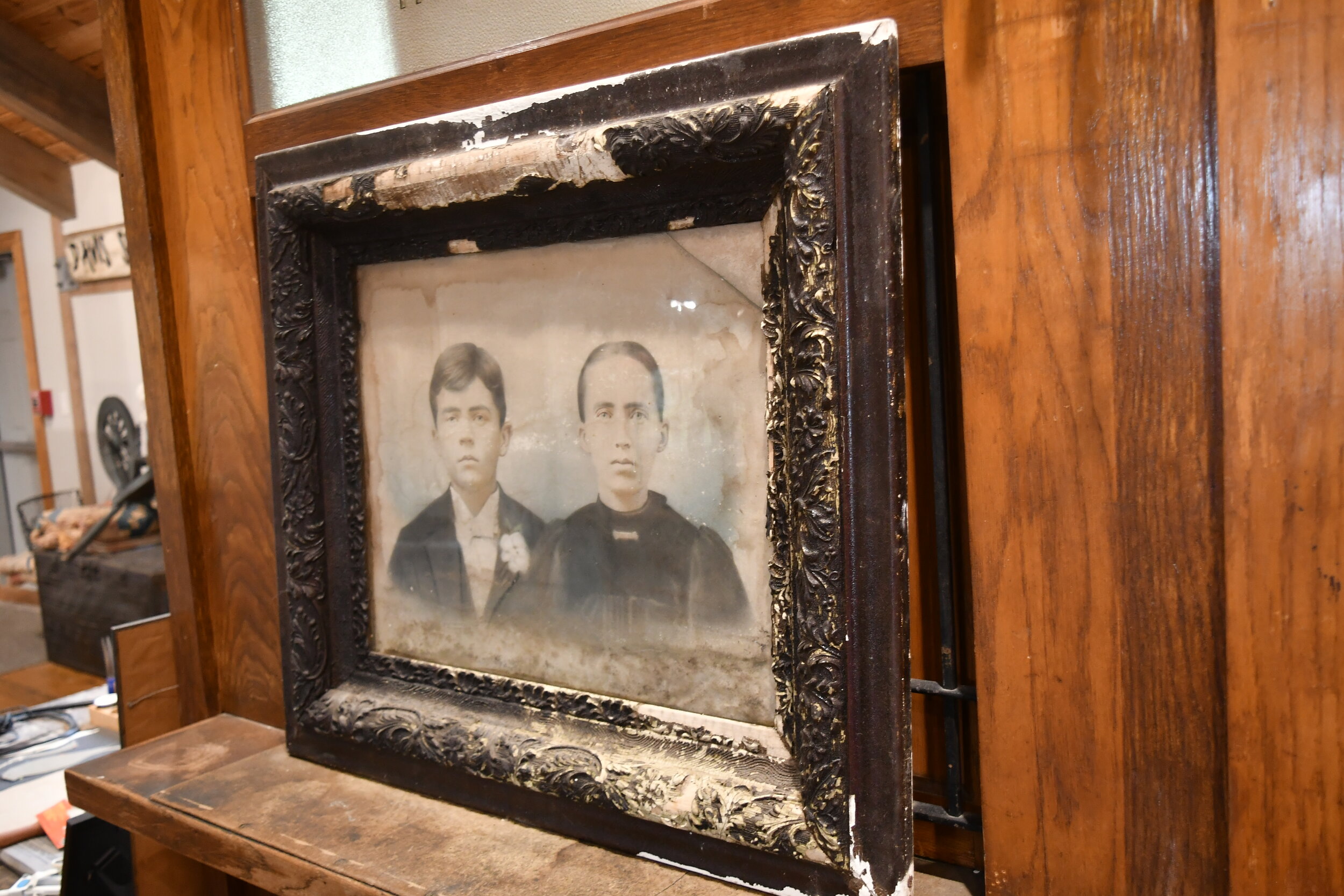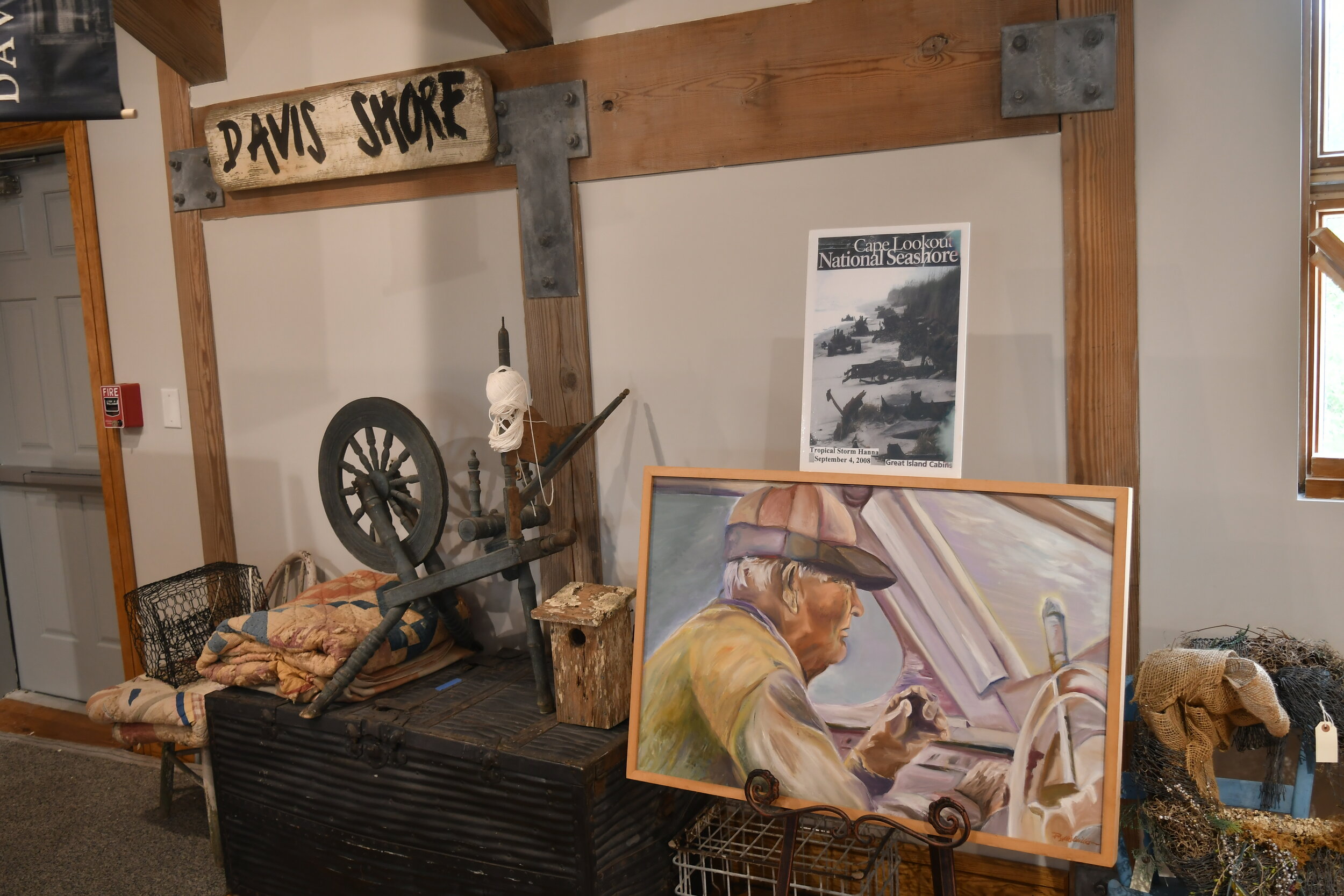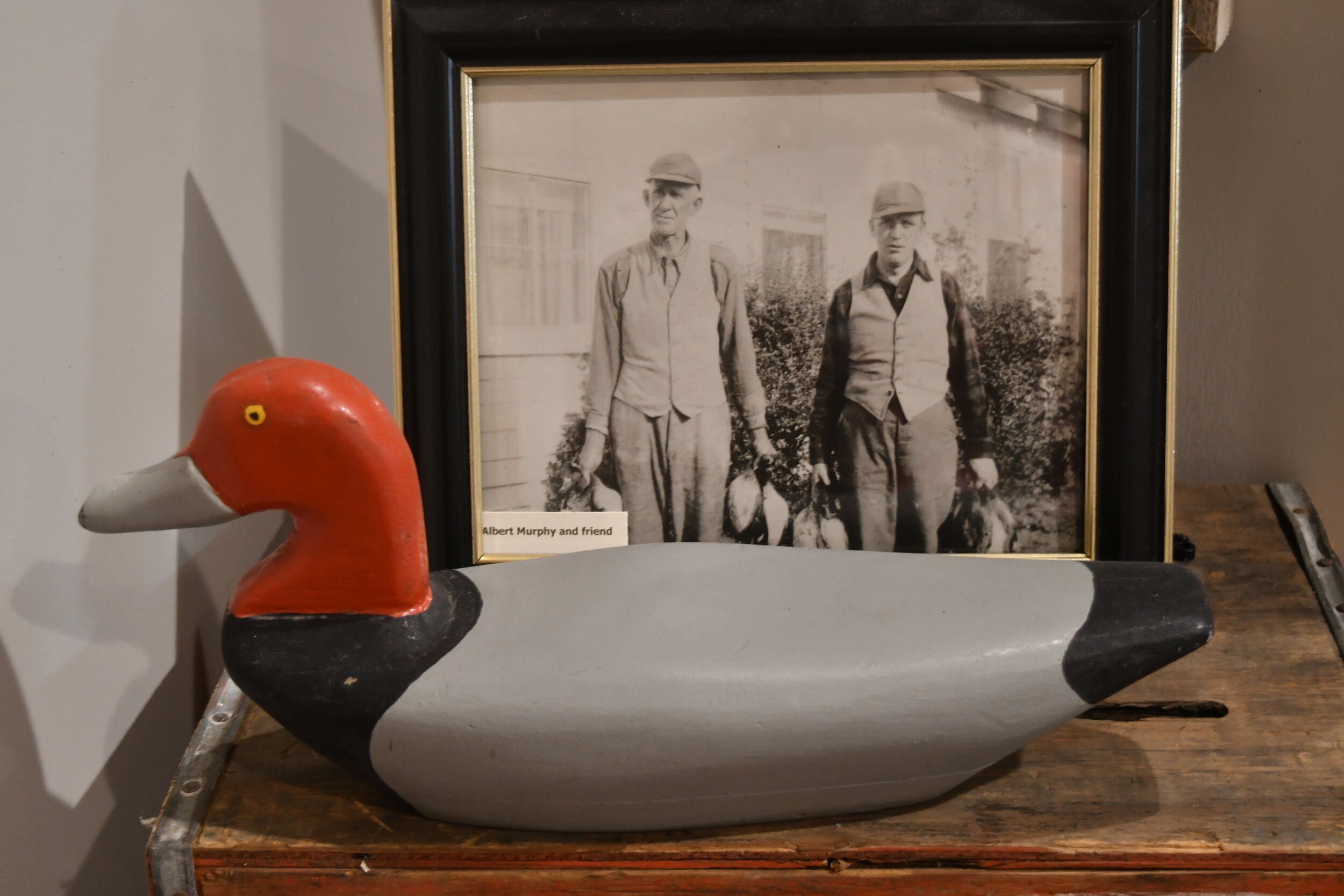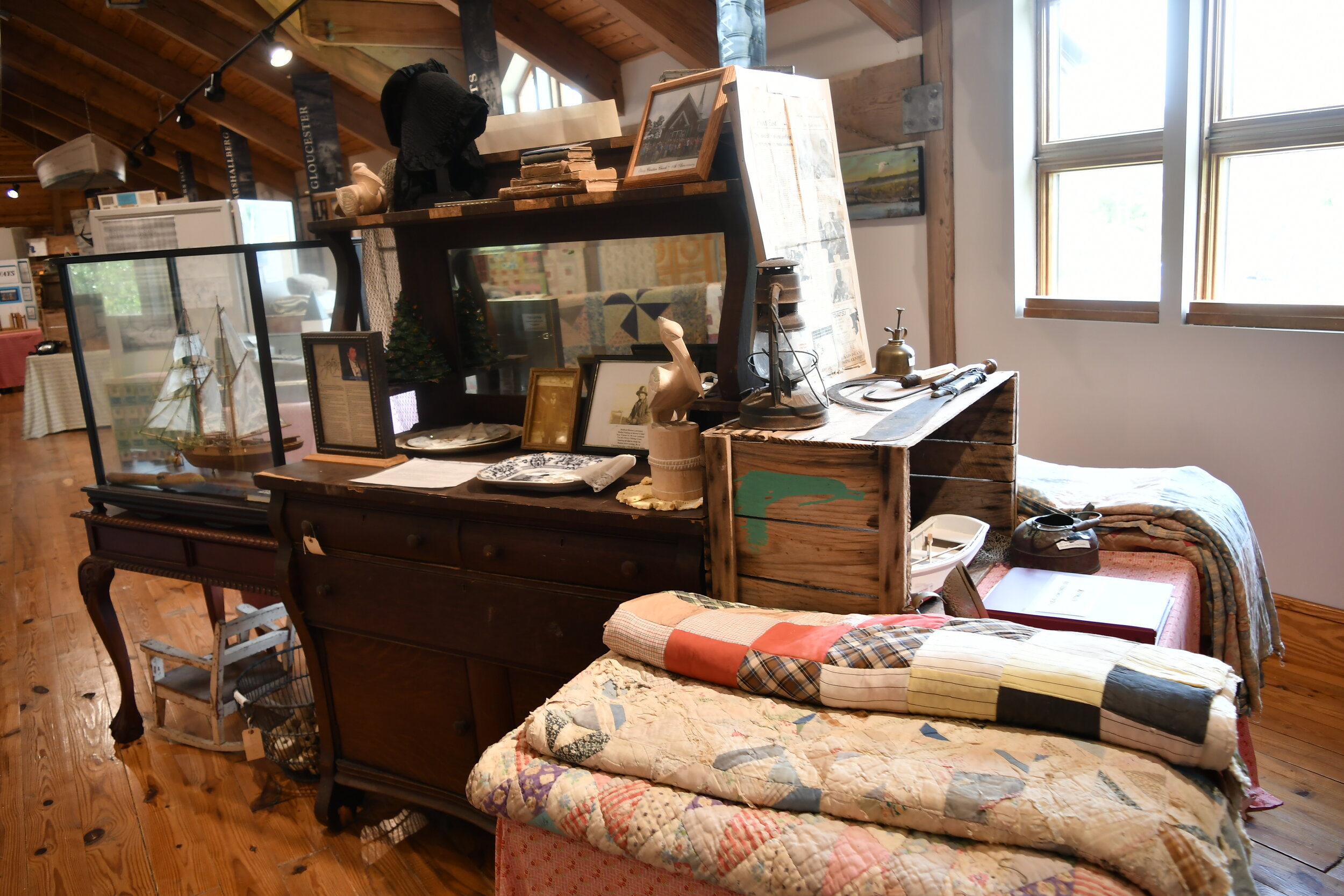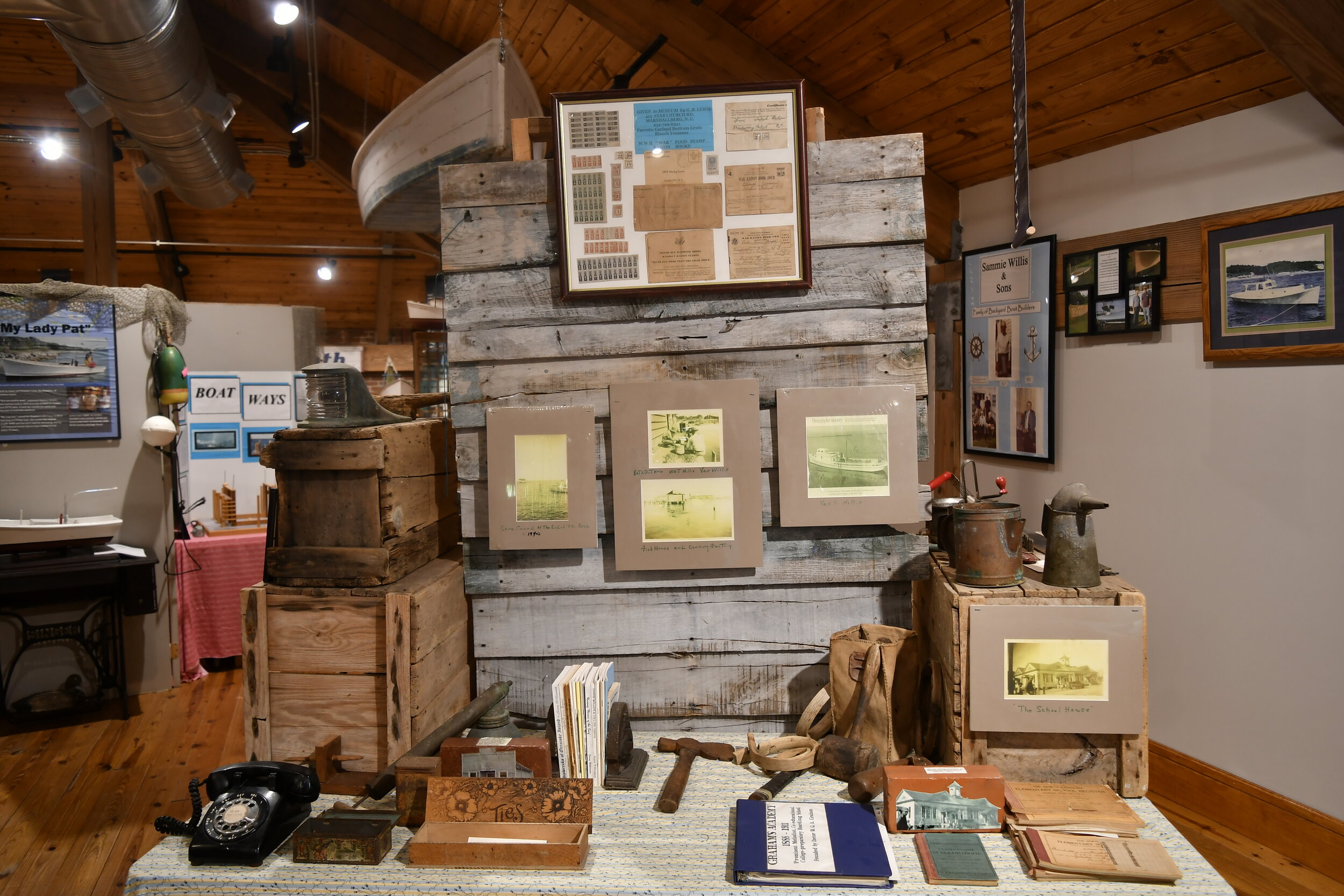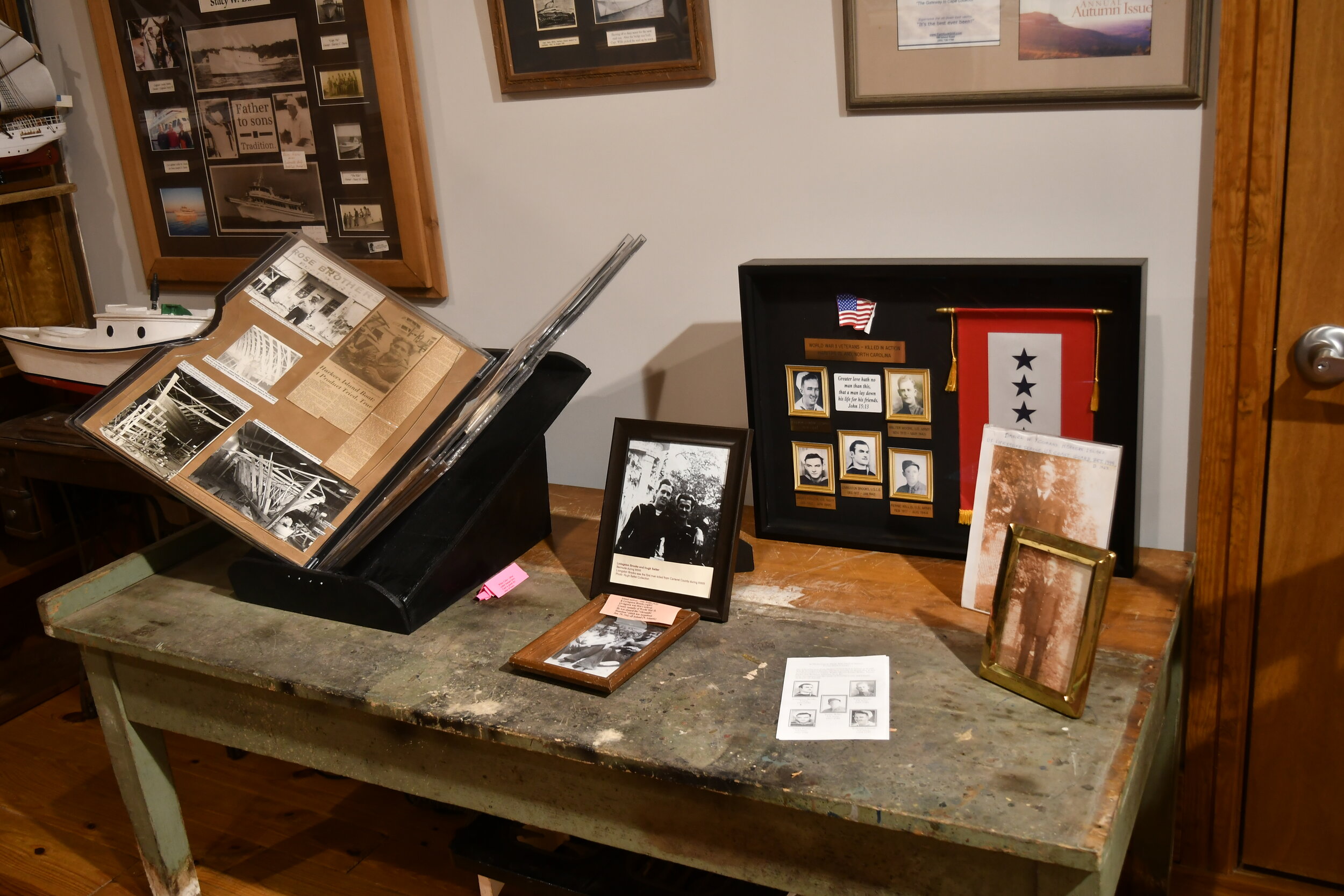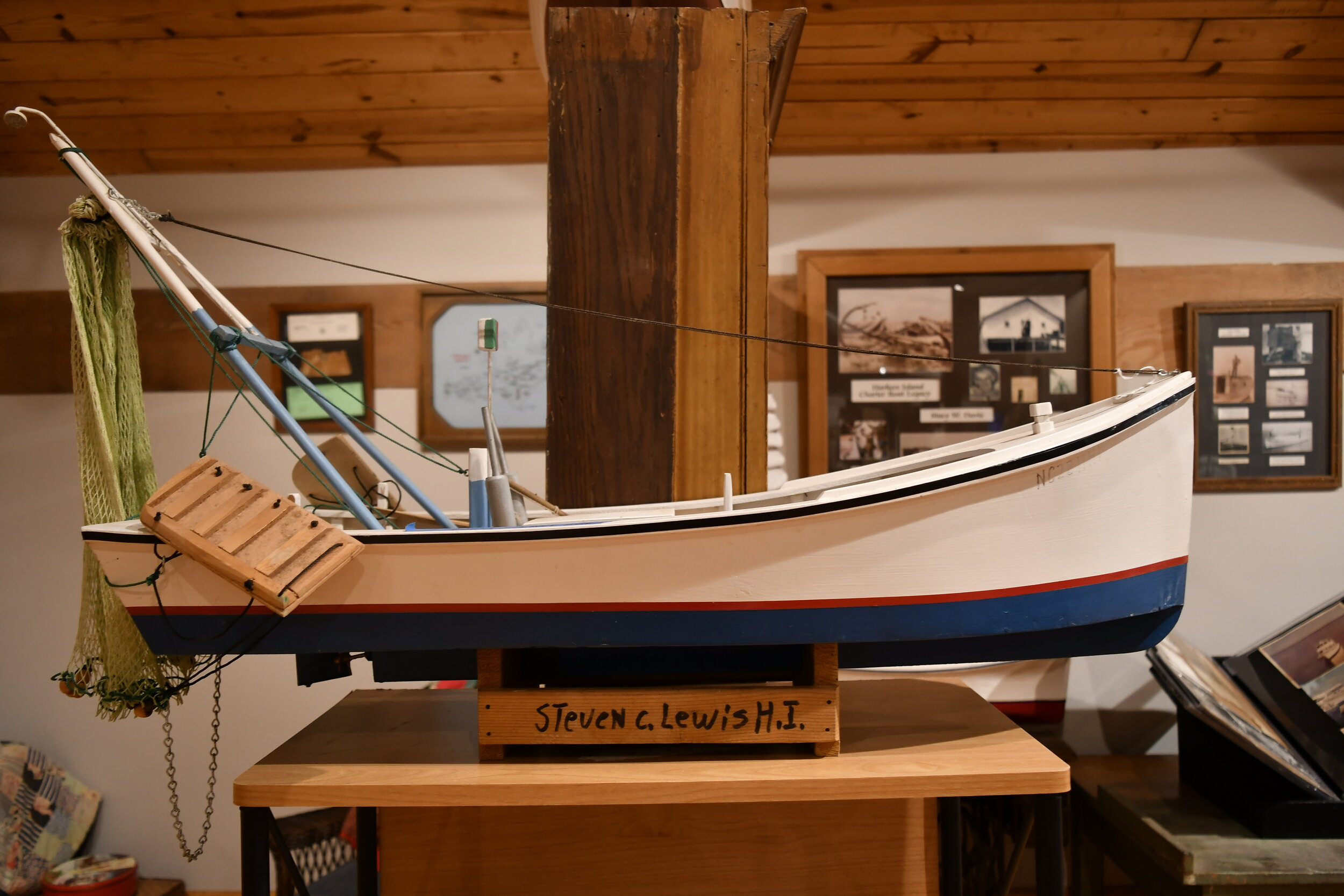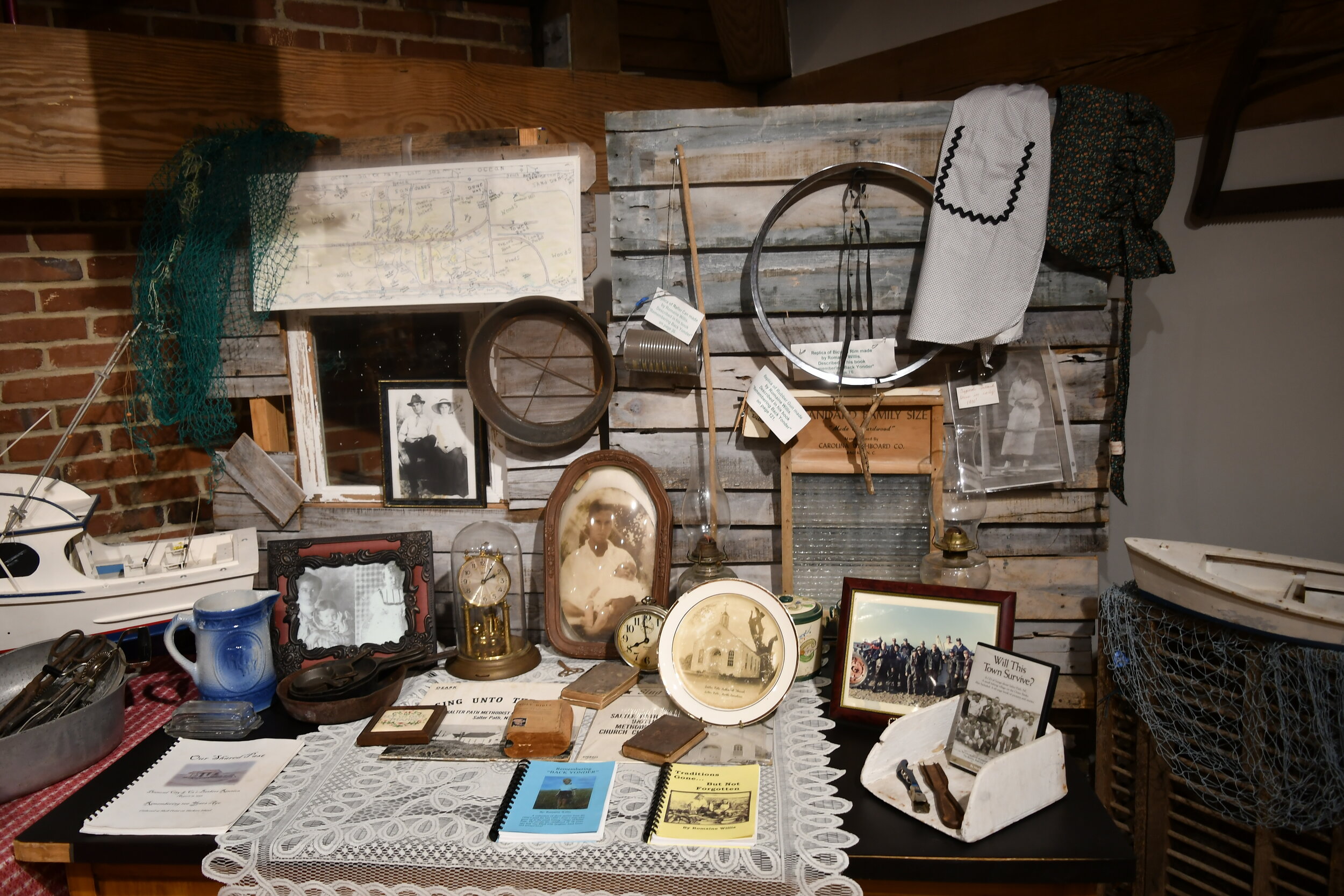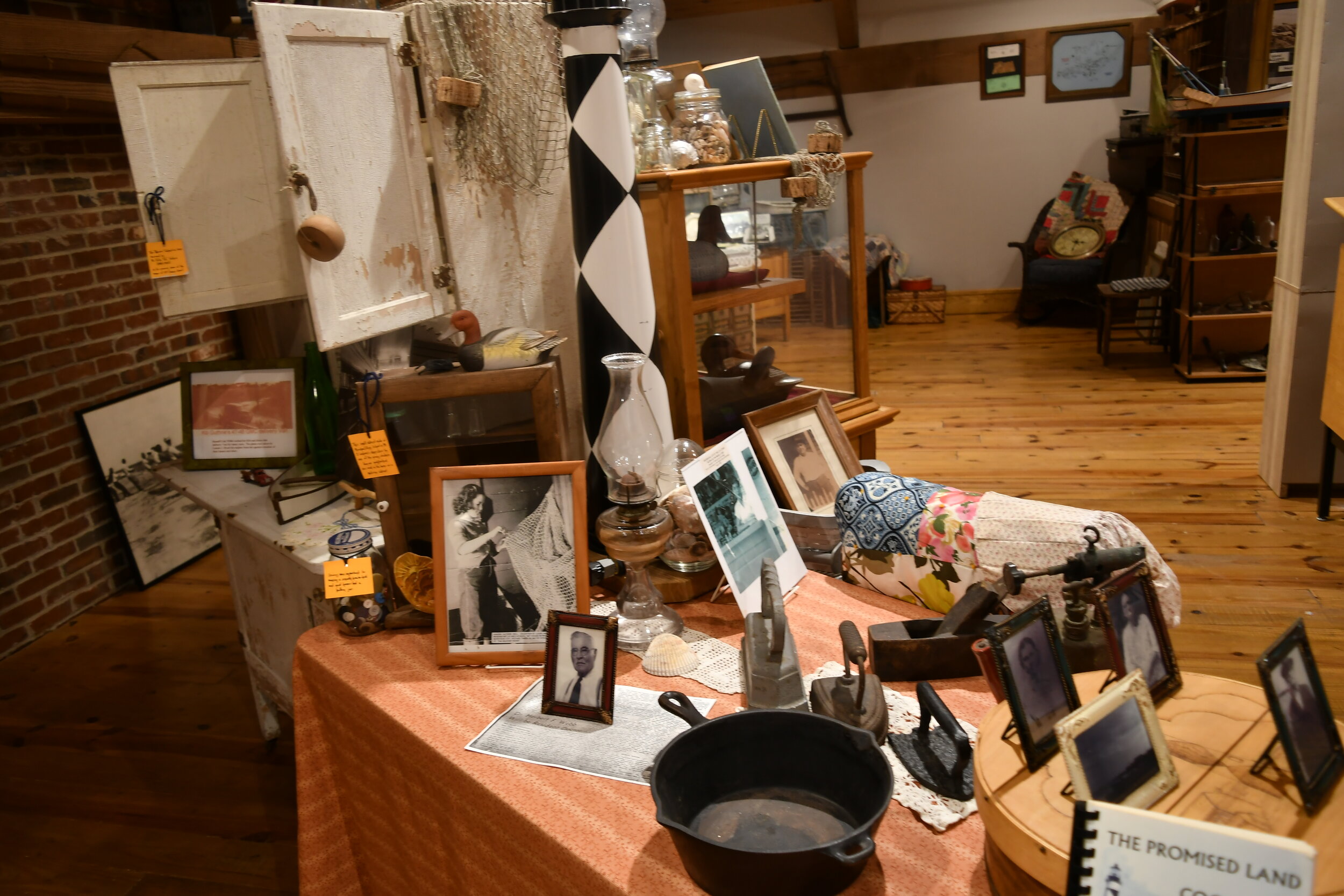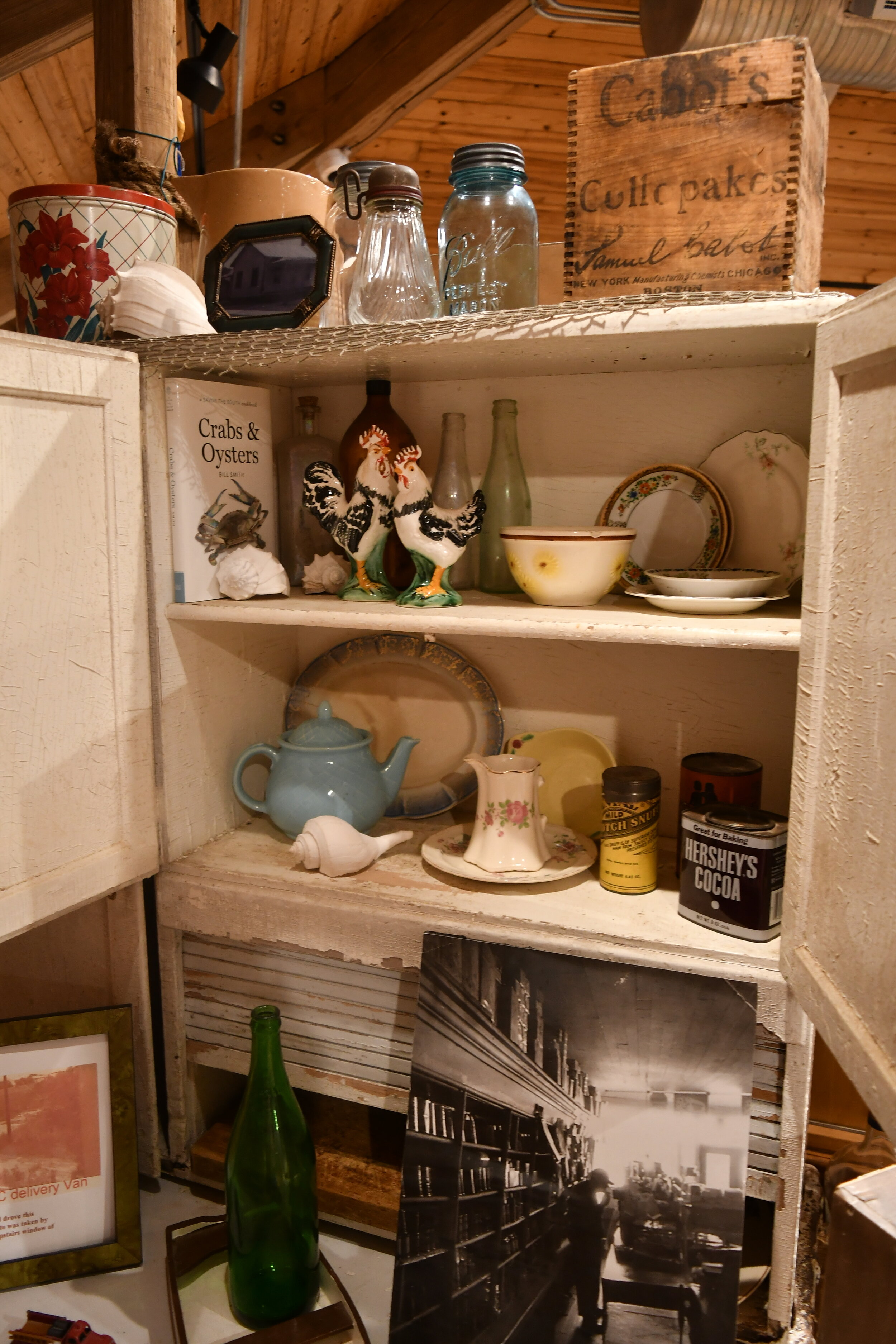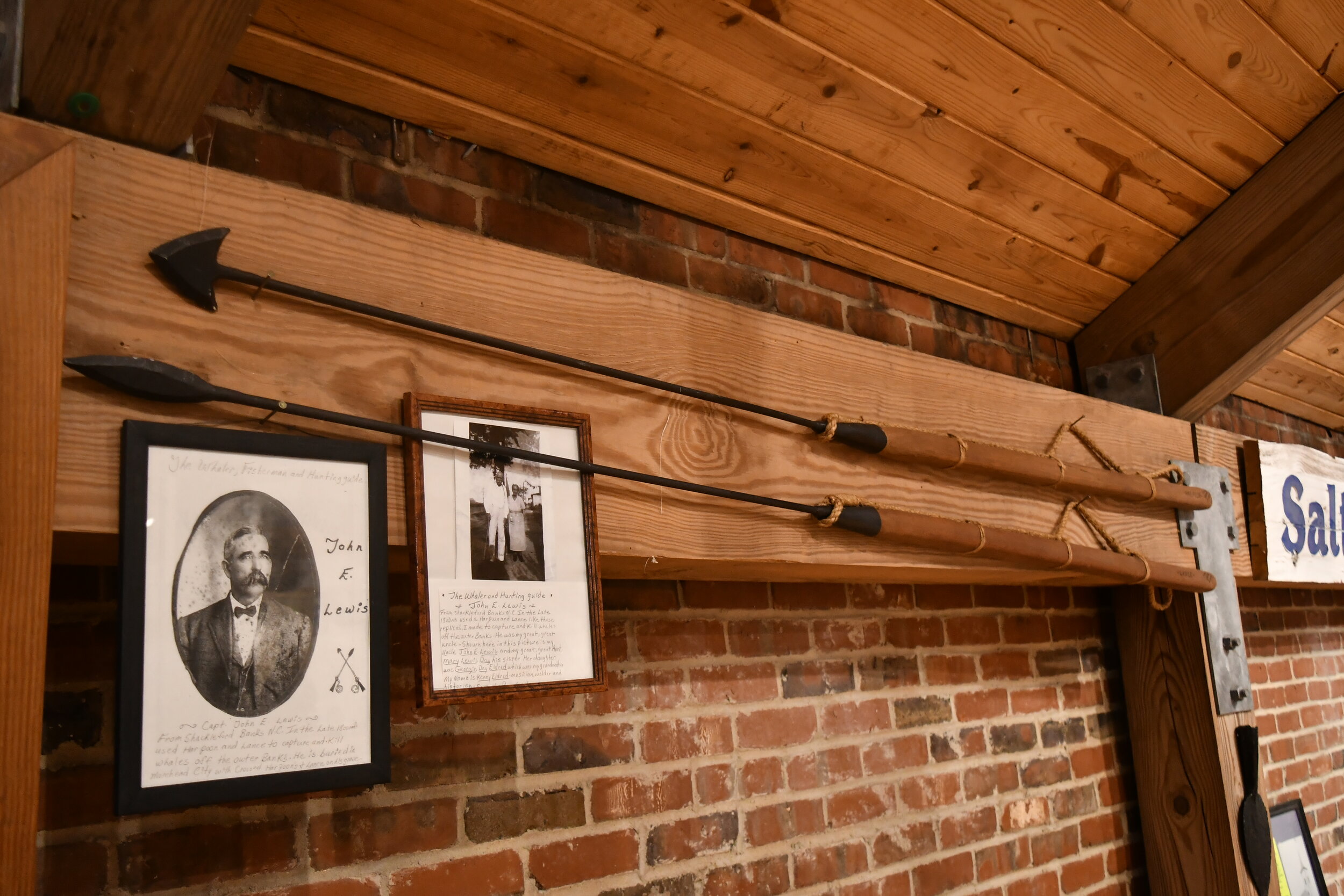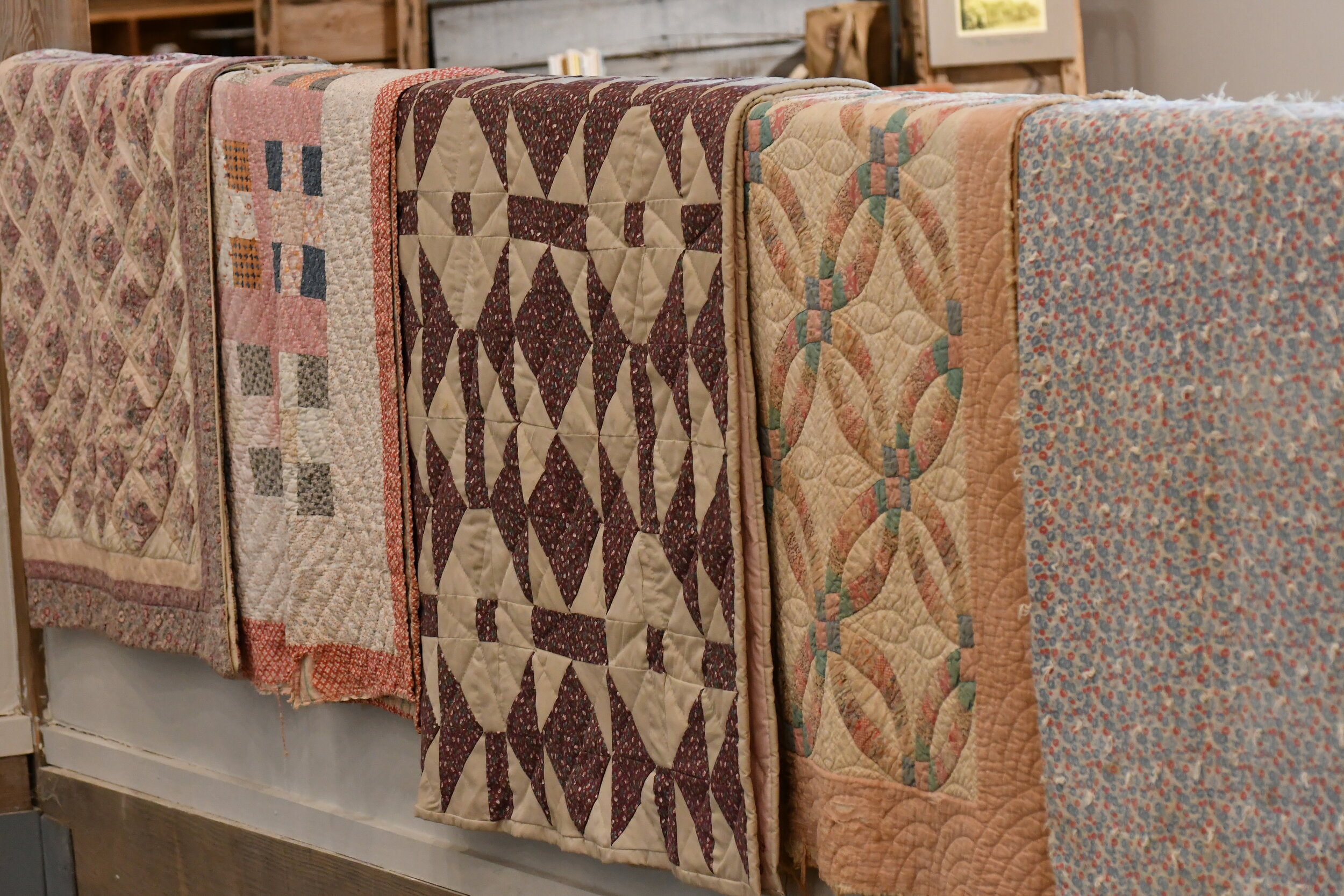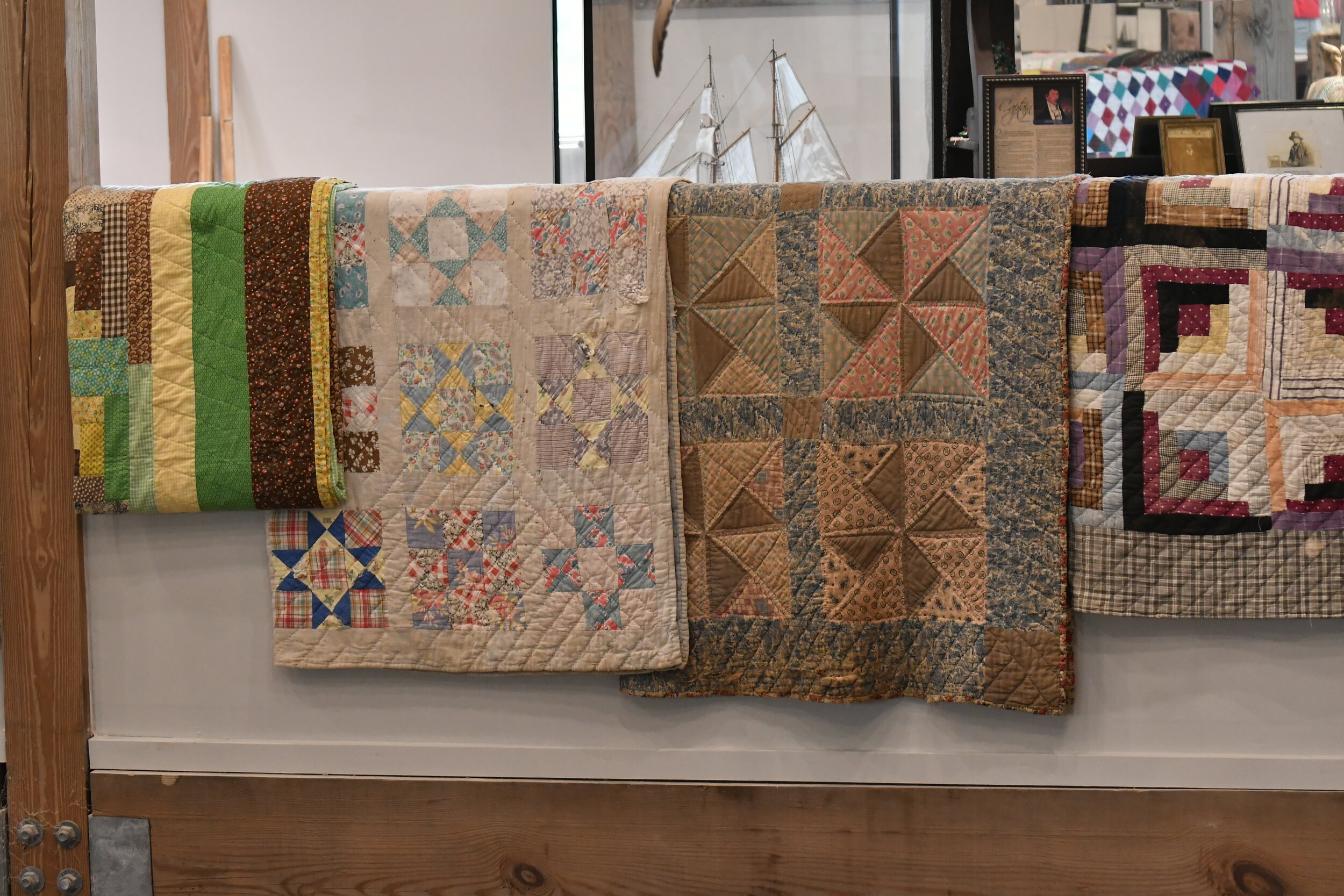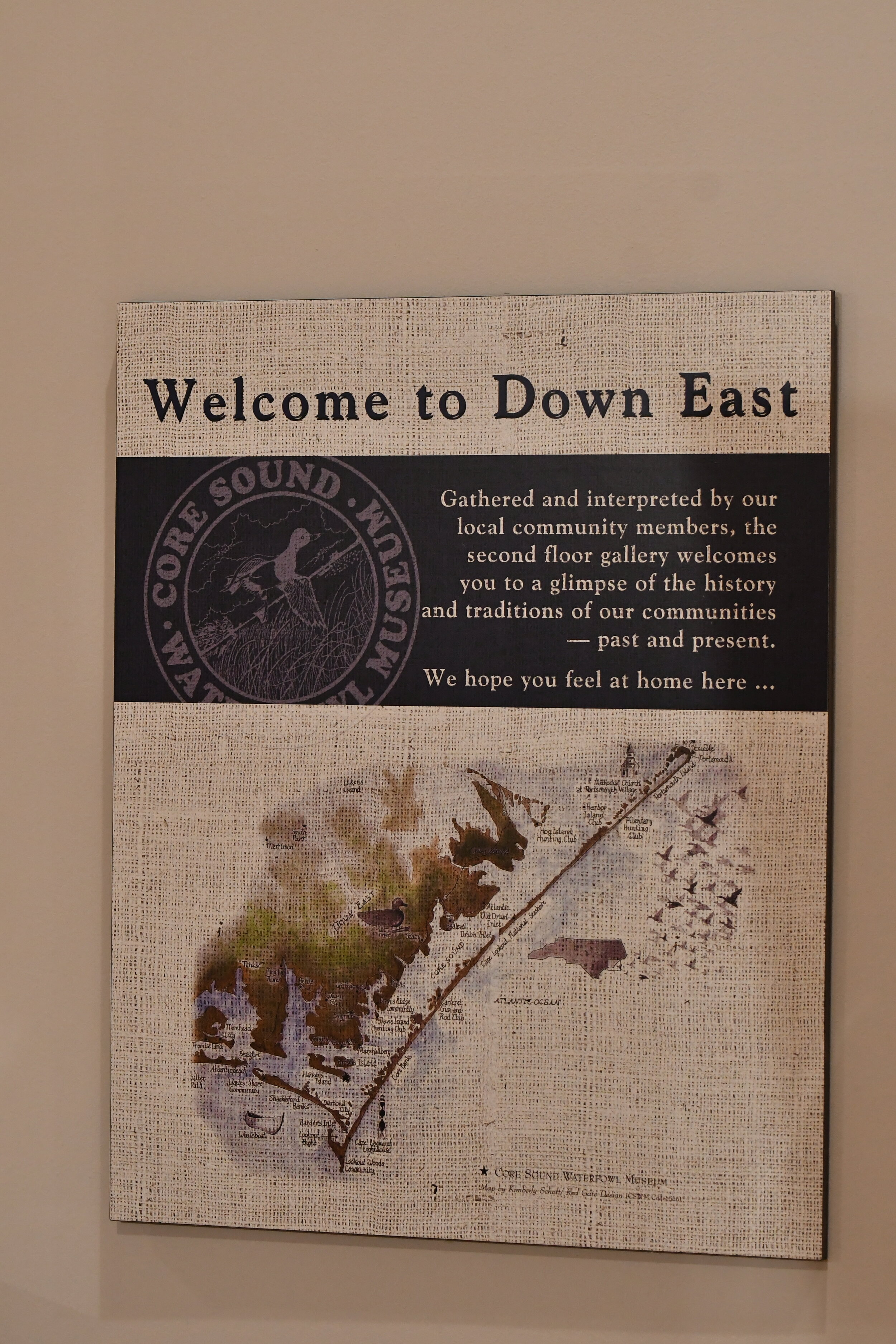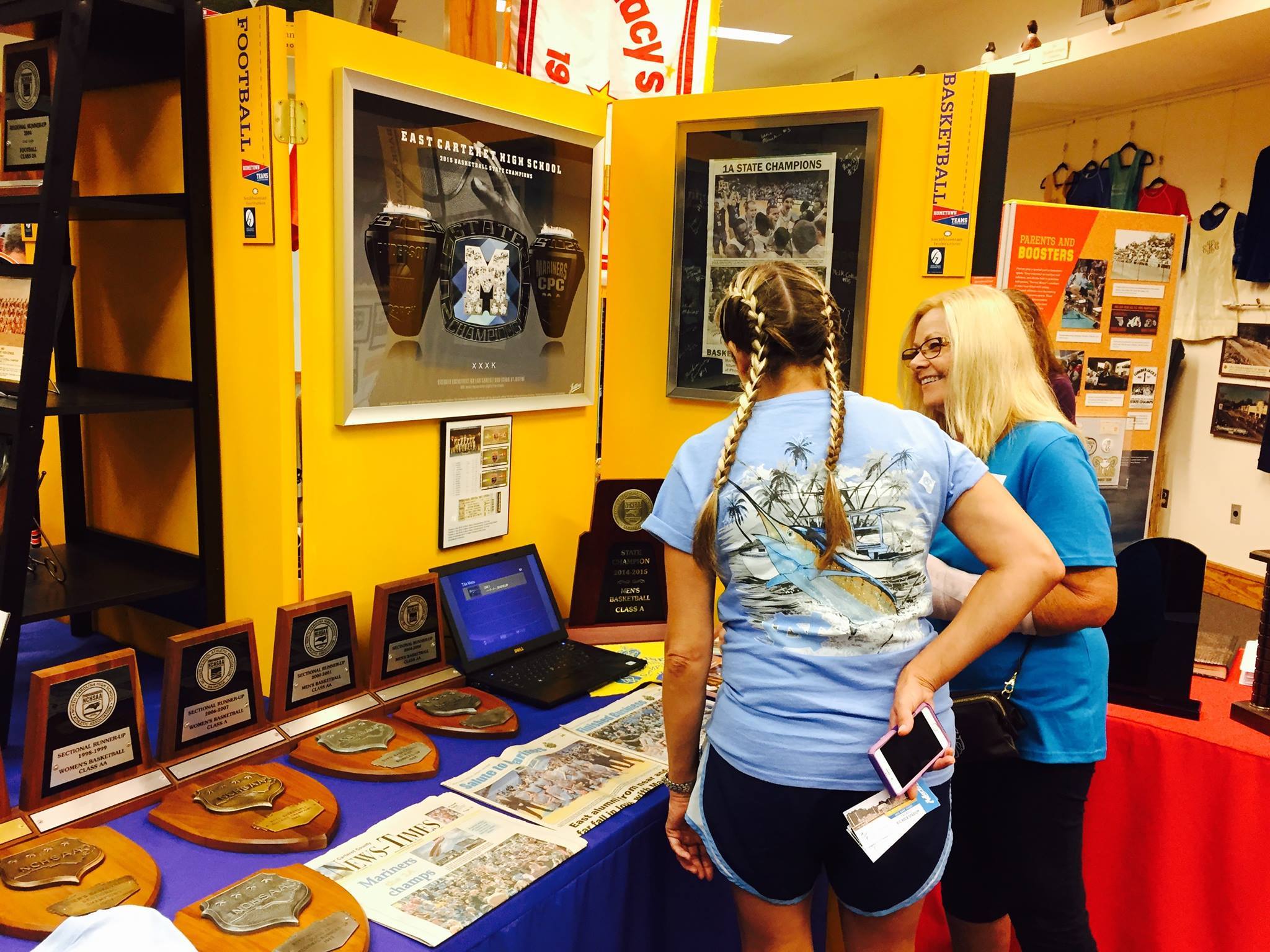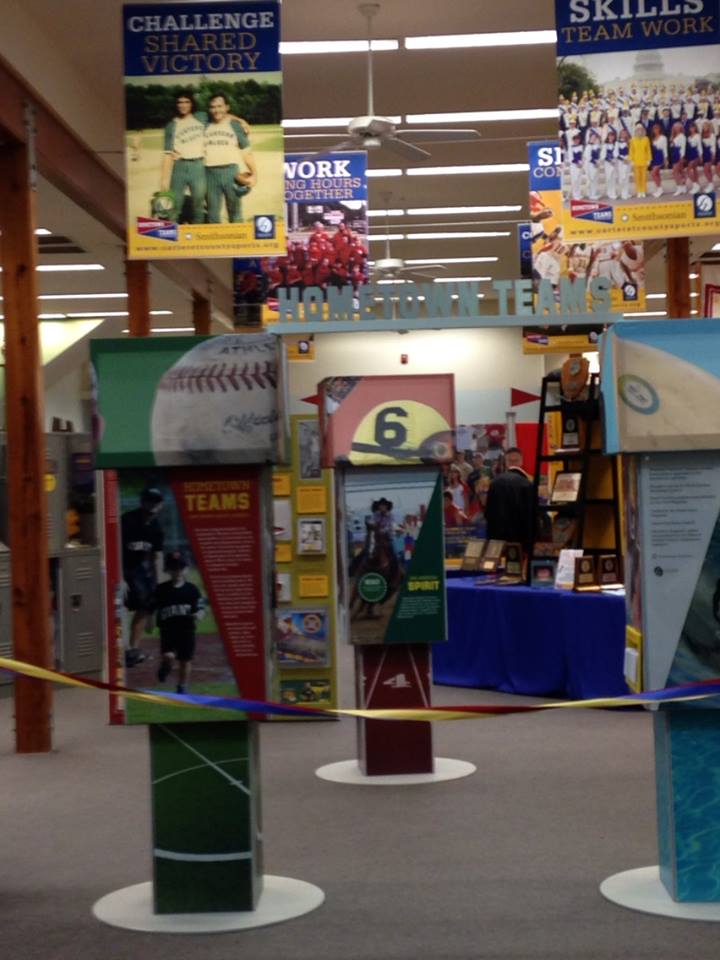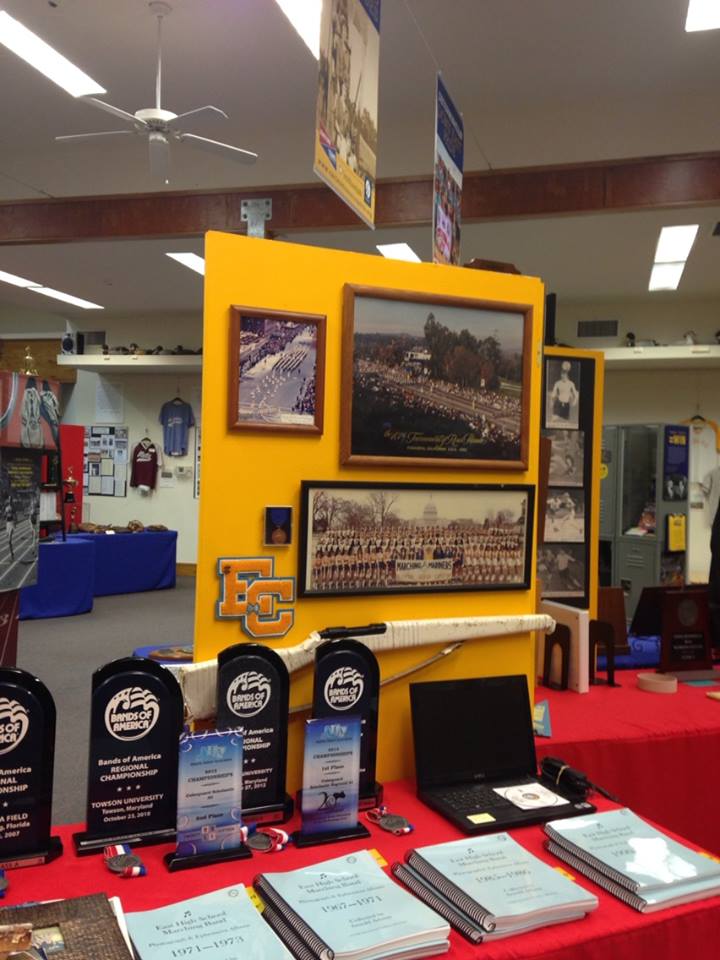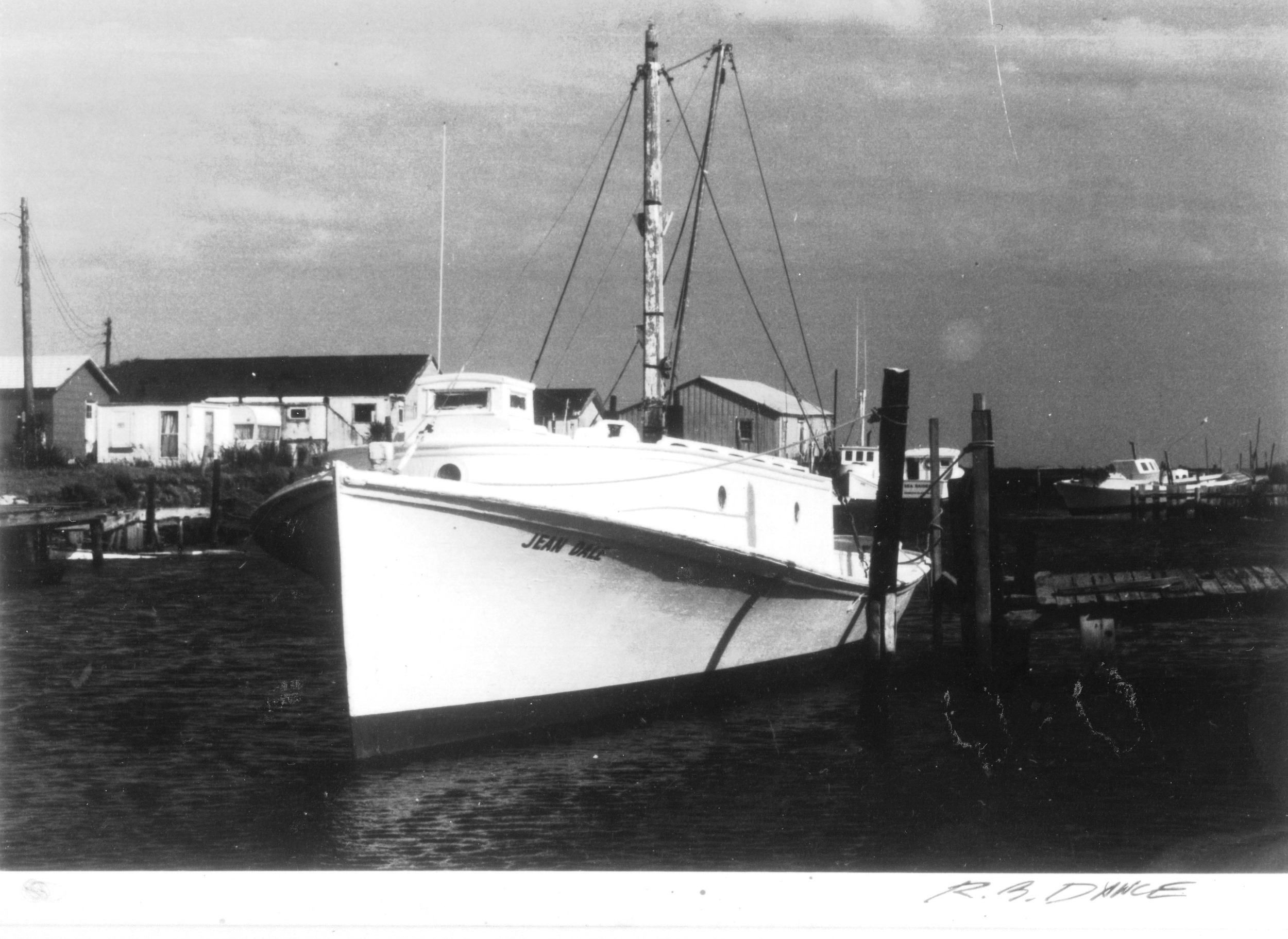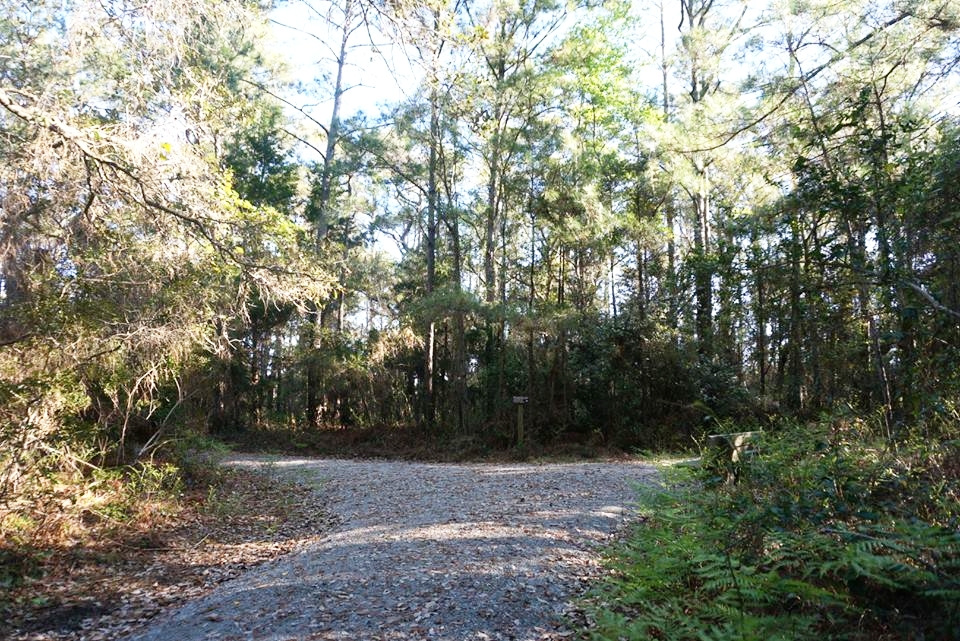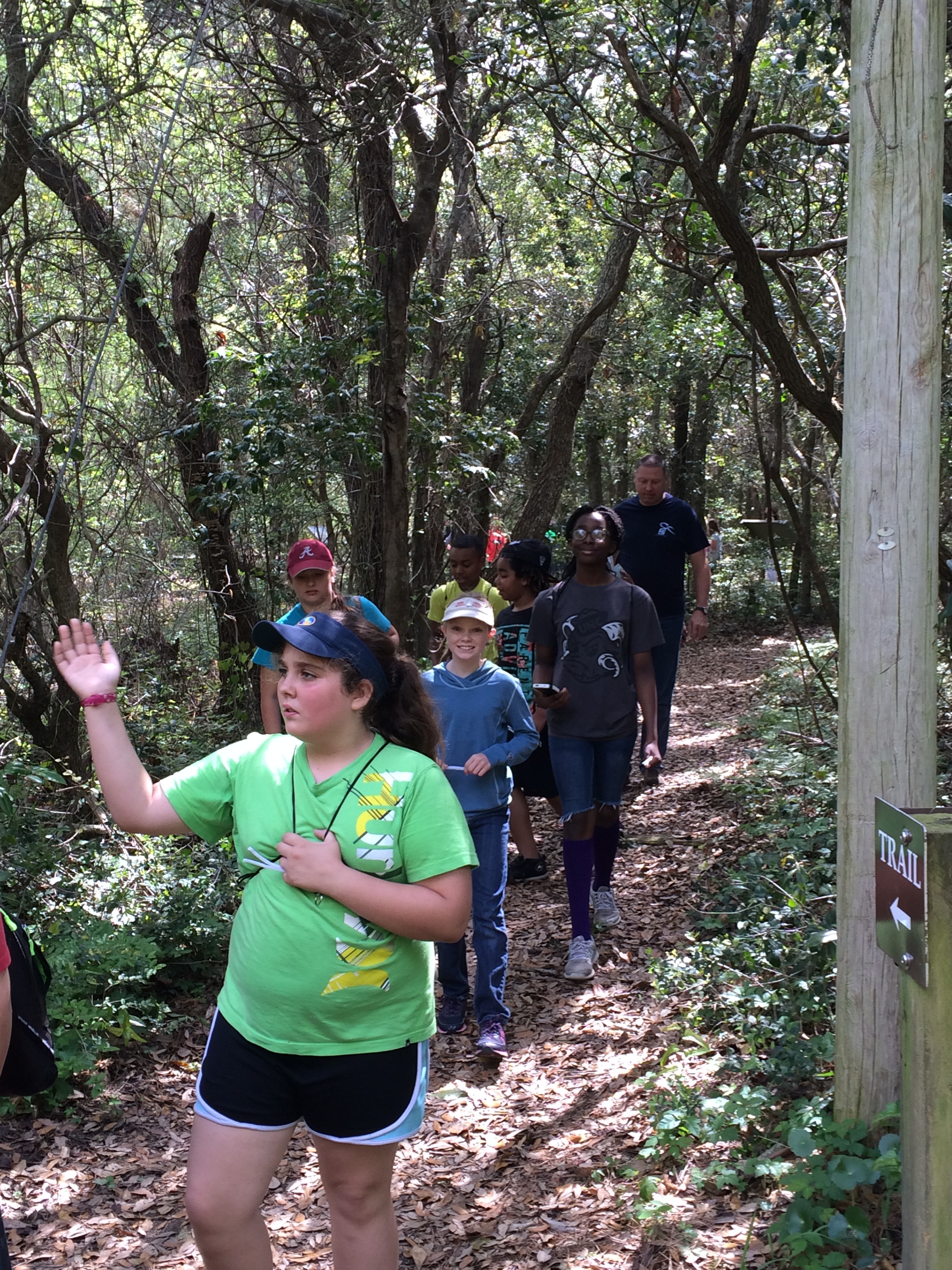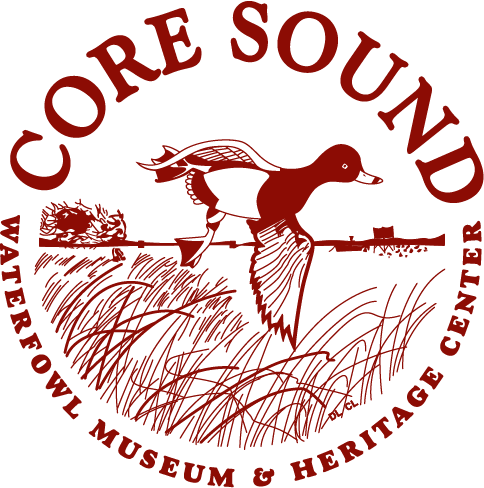Core Sound Museum welcomes you to come visit with us "at the end of the road" where Core Sound traditions are lived and shared every day throughout the year. Programs, events, special guests and dedicated volunteers will make sure your time with us is meaningful and you will leave eager to return.
FIRST FLOOR
CORE SOUND HERITAGE GALLERY
At the heart of Core Sound Museum & Heritage Center is the Main Gallery, home to a permanent collection of life and culture, past, present, and future, in Down East Carteret County.
EXHIBITION: DECOYS OF CORE SOUND
Since the mid-eighteenth century, the pursuit of waterfowl for sustenance and profit has been an important part of Core Sound life. As a result, the use of decoys (as in many other areas of the world) to lure in ducks, geese and shorebirds for the table, sportsmen and for sale to other markets was widely employed by local fishermen, boatbuilders, hunting guides and other various other occupations. As a result, the men who carved decoys to use in either their personal hunting rig or sold to local hunting clubs ~ hunting guides developed particular styles of carving and paint application unique to their identity.
Today, the art of carving lives on in the contemporary community, fueled by collectors of their work. No longer tools, waterfowl decoy carvings, past and present, are considered works of art. The Decoys of Core Sound exhibition features many carvers and styles from “Back in the Day” through today’s pieces offered for study and contemplation.
The Decoys of Core Sound Exhibition features the Roy & Ina Willis Collection, The Eugene Willis & Tommy Salter Collection, a changing exhibition from the Carolina Decoy Collectors Association and rotating collections of the Core Sound Waterfowl Museum & Heritage Center. A tribute to NC Heritage Award recipients Mr. Homer Fulcher and Mr. Julian Hamilton is also included as well as a special recognition for the founders of the Core Sound Decoy Carvers Guild, the founding organization of the Core Sound Waterfowl Museum.
EXHIBITION: LIVING ON THE EDGE
Living on the Edge is an evolving story that Coresounders and other coastal communities face every day. This exhibition looks at the past through the expansion of the Harm’s Way exhibition that was here in 2018 when Hurricane Florence battered our building, leaving behind on the theme of that exhibition, “Response, Recovery, Resilience.”
At the same time, RISING was on display in the education hall. RISING was a collaborative project with NC Sea Grant and the photography-documentary team Baxter Miller and Ryan Stancil, that examined the physical changes of North Carolina’s coast that have resulted from rising seas and changing landscapes through the voices of community members who’ve witnessed these changes. A hybrid photography/oral history/research project, this brave work helped bring the conversation to this community with programming that brought together fishermen, community leaders and friends from neighboring coastal communities to talk about these changes and what it means for everyday life, at the future, of North Carolina’s coast.
Now as we reopen the Core Sound Waterfowl Museum & Heritage Center after being closed since Hurricane Florence we are bringing these exhibitions together to look forward, conscious of our storm-filled past and realizing more and more the changes of today, to address very serious questions about our future.
Living on the Edge aspires to ask questions our communities are answering every day with their plans for the future.
“Are we ready for the next storm?”
“What is going on with the trees around here?”
“How many high tides before that road washes out?”
Photos, excerpts from interviews, survey results, newspaper clippings, video projects and expansive resources will allow residents and visitors the opportunity to listen and learn more about what is happening around us and maybe, just maybe, cause us all to take more seriously what “living on the edge” really means.
Our Core Sound Heritage Gallery is dedicated to Capt. Purcell & Helen Jones thanks to the generous contributions of his friends and former campers of Camp Morehead who make up the Purcell’s Circle.
GATHERING ROOM
Designed in the style of hunt clubs that once lined the Outer Banks, the Gathering Room honors the legacy of the Museum's founding board chairman — Billy Smith and his wife Janice — whose leadership helped lay a foundation upon which the Core Sound Waterfowl Museum & Heritage Center was built.
The Gathering Room is filled with local and regional decoys and hunting memorabilia featuring the Billy & Janice Smith Collection of world-class decoys by Louisiana carvers Earl Federine, Tan Brunet, Jude Brunet, and Jimmy Vizier.
Our appreciation goes to the Smith Family for their continued support of Core Sound Waterfowl Museum & Heritage Center and their sponsorship of the Smith Family Gathering Room.
THE LIBRARY
The Library is home to more than 400 books and periodicals, including rare and out of print copies on regional wildfowl, waterfowl, hunting, birding, carving, boatbuilding, commercial fishing, folklore, art, storms, firearms, maritime history, quilting, community life, and more. It is an inspiring quiet place where visitors are welcome to read, study and absorb the art, decoys and history that surrounds them here.
The Monk Library is given by Emily Monk Davidson in memory of her father. We thank her for her commitment to this most important part of our museum.
THE DIAMOND CITY READING ROOM
“The heart of the Core Sound Museum… archive of oral histories, family research, photography, video and audio and original documents.”
Memories of four individuals who helped write Cape Lookout and Carteret County history, are honored and remembered here.
Sammy Pou Doughton, historian and author
Capt. Josiah Bailey, Diamond City – Cape Lookout’s last sailing ferry
Sally & Les Moore, the last residents of Cape Lookout
Sammy was a history buff and book author as well as an avid sportswoman who excelled at shooting, tennis, golf, boating and sailing. Her obituary read: “In her younger years, Sammy was the terror of the waterfront, winning numerous sailboat races in what at the time was a male dominated sport.” She loved fishing and boating and would continue to take her boat well into her 80s.
Capt. Josiah Bailey, was a colorful storyteller as well as a serious historian. Josiah was convinced that North Carolina’s “Lost Colony” wasn’t lost at all. It was the people who came looking for it who were lost in the wilderness. For many years, Josiah operated the “Diamond City,” a sailboat that ferried visitors from Harkers Island to Cape Lookout and back. Josiah said when the Ca’e Bankers were asked “how they came to be here and where they’d come from, their answer was, ‘we’ve always been here,’ as if they had been born of the sea.”
Sally and Les more were the last full-time residents of Cape Lookout. Those who remember Cape Lookout ‘before the park service,’ can attest that Les and Sally G. Moore were always there to greet them when they visited and stayed at the Cape.
They lived year-round at Cape Lookout and were ultra-independent. Sally could cook anything and everything. The summer people craved her grilled cheese sandwiches served at the Moores’ little store and Les could figure out how to fix anything. They were a welcome “fixture” of the Cape, smart, self-reliant and understanding of the power and beauty of Cape Lookout.
Thanks to major gifts to the museum in 2014 from the families of James Horton “Bud” Doughton and Anna DuBose Doughton and Virginia “Ginger” Doughton Finley, this room is dedicated to their work, their lives and the lessons they taught the next generation of friends who would carry on their deep love and appreciation for this region’s rich history.
And the work continues… As a tribute to these individuals who lived remarkable lives and touched so many people in all walks of life, the museum is gathering photographs of Sammy, Josiah, Les and Sally, as well as artifacts and memorabilia related to their contributions and achievements, for placement in the Diamond City Reading Room.
THE LOOKOUT TOWER
"From here you can see forever!" That's how you will feel when you take the elevator to the Lookout Tower's magnificent view of Core Sound, Back Sound, Barden's Inlet and the Cape Lookout Lighthouse. Core Banks to the east and Shackleford Banks to the west will remind you how near the great Atlantic Ocean is to our Down East communities. It is the closest you can possibly get (without boarding a boat) to experience Cape Lookout's beauty. We hope you will visit often!
EXHIBITION: HONORING OUR COAST GUARD COMMUNITY
The tower space is now home to the history of the United States Coast Guard in Carteret County, especially for the Down East communities. Photos, uniforms, medals and flags help tell the story of Capt. Fred Gillikin of Marshallberg and Chief Ira Lewis of Harkers Island and their lifelong commitment to the Coast Guard, along with the heroic men from the Cape Lookout Lifesaving Station and their efforts to rescue the “Sarah D. J. Rawson.”
The Lookout Tower has been made possible by the generous support of the Big Rock Blue Marlin Tournament.
DAVID'S ROOM
Dedicated to the life and work of David A. Lawrence — carver, artist and friend of the Core Sound Museum. David's Room serves as place where carvers continue to share their craft with visitors, students and one another. Surrounded by David's art, decoys, and hunting artifact collection, David's room is the perfect place for visitors and students to learn more about the living tradition of decoy carving along Core Sound.
Our thanks to the Core Sound Decoy Carvers Guild for their support of the Museum’s commitment to carrying on the art of decoy carving in our community and beyond.
EDUCATION & EXHIBITION GALLERY
The Sunshine Lady Education Hall provides an excellent venue for changing exhibitions of art, photography, documentary projects, as well as program areas and community meeting space.
Thanks to the support of the Sunshine Lady Foundation and Touchstone Energy, this community center serves as the gathering place for Down East events, weddings, public meetings, school field trips and reunions.
CHILDREN'S LEARNING CENTER
Our children's area, featuring a hand-built wooden reading skiff, is a favorite place for museum visitors under the age of 12. Self-directed activities provide our young visitors the opportunity to gain hands-on experiences exploring our natural world here on Core Sound. This corner stays busy throughout the year, especially during the summer, where reading, science, and craft activities draw pre-school aged kids to come play, learn and explore.
In 2020 we have expanded our Learning Center to include upper elementary grades and middle school projects and activities as well as a parent-teacher resource area for learning projects for home and the local classroom. A special emphasis on waterfowl habitat, water quality and weather concepts is incorporated into these experiences.
Our thanks to the William Ellis Smith, Jr. family for their support of educational programming for local children.
SECOND FLOOR
CORE SOUND COMMUNITY EXHIBITS
Remember the days of old
Consider the years of many generations:
Ask thy father, and he will shew thee;
They elders, and they will tell thee.
-- Deuteronomy 32:7
Reminiscent of a house museum, the second floor gallery represents the history, traditions, interesting people and places of local communities — past and present — in the Core Sound region. Gathered and interpreted by community members, these displays include: Cedar Island, Atlantic, Sea Level, Stacy, Davis, Williston, Smyrna, Marshallberg, Gloucester, Straits, Harkers Island, Otway and Bettie, as well as, ancestral communities of Salter Path on Bogue Banks and the Promise Land in Morehead City, and the historic communities of Portsmouth Island and Diamond City on Core and Shackleford Banks.
Each community display showcases artifacts, reproductions, photographs, scrapbooks, and copies of documents from family collections, churches, schools and community organizations eager to share their heritage with museum visitors.
HOMETOWN TEAMS
The Smithsonian Institution’s Museum on Main Street traveling exhibition Hometown Teams came to Core Sound in 2015, utilizing years of research, displays and programs recognizing the rich sports history in Carteret County. One of the pinnacles of the exhibition was establishing the Carteret County Sports Hall of Fame.
A glimpse of that history and experience is on display on the second floor Community Exhibits gallery with a limited amount of sports memorabilia. Visit www.carteretcountysports.com for access to in-depth articles and photos of over 100 years of Carteret County sports history.
The project was sponsored by the North Carolina Humanities Council and made possible by thousands of hours from hundreds of volunteers; no one more then Joe “Joe Boy” Willis, formerly of Harkers Island, who has put tens of thousands of hours collecting and processing sports data from Carteret County. It was - and continues to be - an exciting gathering of community memories.
OUTDOOR LEARNING OPPORTUNITIES
THE JEAN DALE
Thanks to the Lewis Family, the Jean Dale continues to be part of Harkers Island’s boatbuilding tradition, telling the story of their father, Mr. Harry Lewis and his way of making a living on Core Sound. Representative of the world famous flared bow, she is the story of Harkers Island.
Encompassed in the fine craftsmanship and artistry of Brady Lewis' design are the essential elements that defined life on Harkers Island in the mid-1900s. Restored in 2010, the vessel's history reflects the talents and strength of a community of people who for generations have made a life for themselves and their families with that same style and ingenuity.
The Jean Dale restoration has been made possible by the dedication of Bob and Suellen Monk.
WILLOW POND
The Willow Pond Trail offers visitors and students an outdoor opportunity to experience the beauty of an uninterrupted maritime forest that serves as a "safe harbor" for migrating waterfowl and shorebirds. This natural, freshwater pond allows the museum's interpretive programming to include the complete story from live ducks to decoys and the importance of providing clean and safe areas for our wildlife. The educational programs taking place around Willow Pond focus on building a broader understanding and appreciation for our natural coastal environment.
Ducks Unlimited, North Carolina Wildlife Resources, North Carolina Wildlife Habitat Foundation and the Hagan Family have provided this important outdoor learning experience for our community. Thank you!

